Eating well on a tight budget isn’t about complicated hacks or expensive “health” products—it’s about smart planning, sensible shopping, and leaning on simple cooking skills. The 70 ideas below prove that nutritious meals can be affordable, flavorful, and convenient. Skim the list, pick a handful to try this week, and watch how small changes quickly add up to big savings.
Contents
- 1. Plan a Weekly Menu
- 2. Shop with a List
- 3. Check Store Flyers for Sales
- 4. Embrace Meatless Meals
- 5. Cook Dried Beans from Scratch
- 6. Buy Whole Chickens Instead of Parts
- 7. Use Frozen Fruits and Vegetables
- 8. Buy Produce in Season
- 9. Grow a Windowsill Herb Garden
- 10. Batch Cook and Freeze Portions
- 11. Prepare Your Own Salad Dressings
- 12. Make Overnight Oats for Grab-and-Go Breakfasts
- 13. Repurpose Leftovers Creatively
- 14. Use Bones and Veggie Scraps for Homemade Stock
- 15. Store Food Properly to Reduce Waste
- 16. Invest in Reusable Containers
- 17. Opt for Generic Brands
- 18. Compare Unit Prices
- 19. Join a Local Produce Co-op
- 20. Buy Grains in Bulk
- 21. Swap Soda for Tap Water Infused with Fruit
- 22. Freeze Ripe Bananas for Smoothies
- 23. Roast Large Trays of Vegetables
- 24. Blend Vegetable Ends into Sauces
- 25. Make Your Own Hummus
- 26. Choose Canned Fish Like Sardines and Salmon
- 27. Bake Instead of Buying Snack Bars
- 28. Share Bulk Purchases with Friends
- 29. Keep a Well-Stocked Spice Rack
- 30. Use Eggs as an Affordable Protein
- 31. Try Meat Stretchers Like Lentils
- 32. Master Simple Stir-Fry Sauces
- 33. Turn Stale Bread into Croutons
- 34. Pick Plain Yogurt Over Flavored
- 35. Mix Your Own Trail Mix
- 36. Cook Once, Eat Twice
- 37. Freeze Leftover Herbs in Ice Cube Trays
- 38. Prep Veggies Right After Shopping
- 39. Keep a Running Freezer Inventory
- 40. Reheat Meals in Portions
- 41. Choose Steel-Cut Oats
- 42. Blend Beans into Ground Meat Dishes
- 43. Buy Imperfect Produce
- 44. Make Popsicles from Smoothie Leftovers
- 45. Roast Chickpeas for Snacks
- 46. Experiment with Cabbage Recipes
- 47. Use Peanut Butter for Savory Dishes
- 48. Soak and Cook Whole Grains Ahead
- 49. Try Meat Bargains Close to Sell-By Dates
- 50. Sign Up for Store Loyalty Apps
- 51. Swap Pricey Greens for Spinach
- 52. Bake Potatoes in Batches
- 53. Turn Fruit Scraps into Vinegar
- 54. Make DIY Freezer Burritos
- 55. Use a Slow Cooker to Tenderize Cheap Cuts
- 56. Grow Sprouts in a Jar
- 57. Replace Cereal with Homemade Granola
- 58. Turn Yogurt Whey into Soup Stock
- 59. Keep Portion Sizes Reasonable
- 60. Store Nuts in the Freezer
- 61. Make Tomato Sauce from Canned Tomatoes
- 62. Dilute Juice with Sparkling Water
- 63. Use Sardine Cans for Quick Pasta Dishes
- 64. Try Oatmeal Muffins for Snacks
- 65. Stir Powdered Milk into Recipes
- 66. Cook with Seasonal Pumpkin or Squash
- 67. Bake Apples for Dessert
- 68. Gravitate Toward Whole Carrots Over Baby Carrots
- 69. Keep Brown Rice on Hand
- 70. Celebrate Meatless Monday
1. Plan a Weekly Menu

Before shopping, jot down all breakfasts, lunches, and dinners for the week and match them with what’s already in your pantry. This quick planning session prevents impulse buys and reduces mid-week takeout runs. Knowing exactly what you’ll cook also helps you portion ingredients more efficiently, limiting waste.
2. Shop with a List
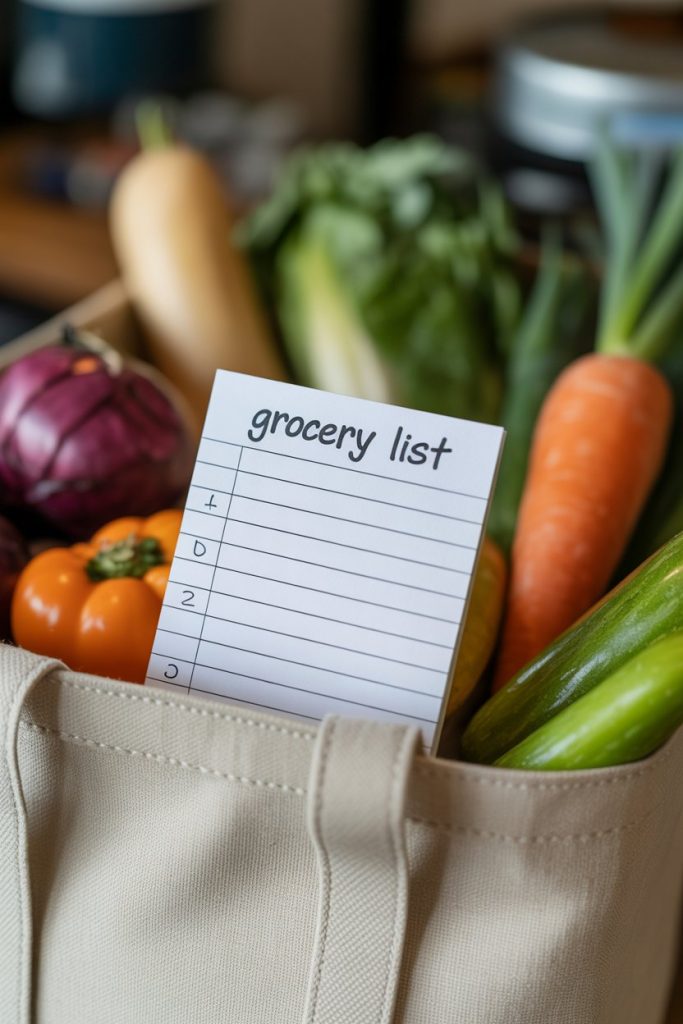
Bring a focused list to the store and stick to it. A concise list keeps you moving past tempting displays and saves both money and time. If certain staples aren’t on the page, they don’t go in the cart—simple as that.
3. Check Store Flyers for Sales

Scanning weekly ads helps you build meals around discounted proteins and produce. Circle or highlight the best deals, then adjust your menu to include those items. Sale stacking with coupons can shave several dollars off each trip.
4. Embrace Meatless Meals
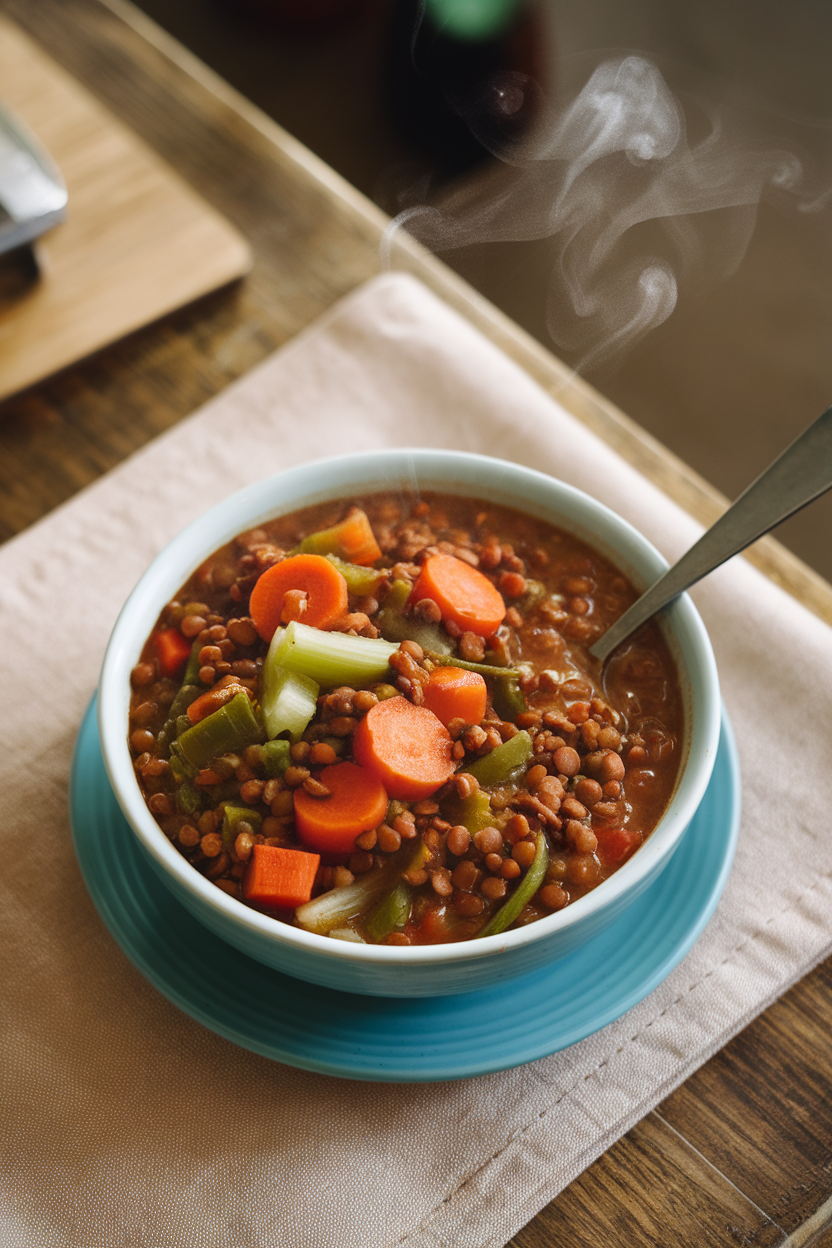
Plant-based proteins such as beans, lentils, and tofu cost a fraction of meat yet provide plenty of nutrients. Swapping one or two dinners a week cuts grocery bills noticeably. Bonus: these dishes often freeze well for future quick lunches.
5. Cook Dried Beans from Scratch
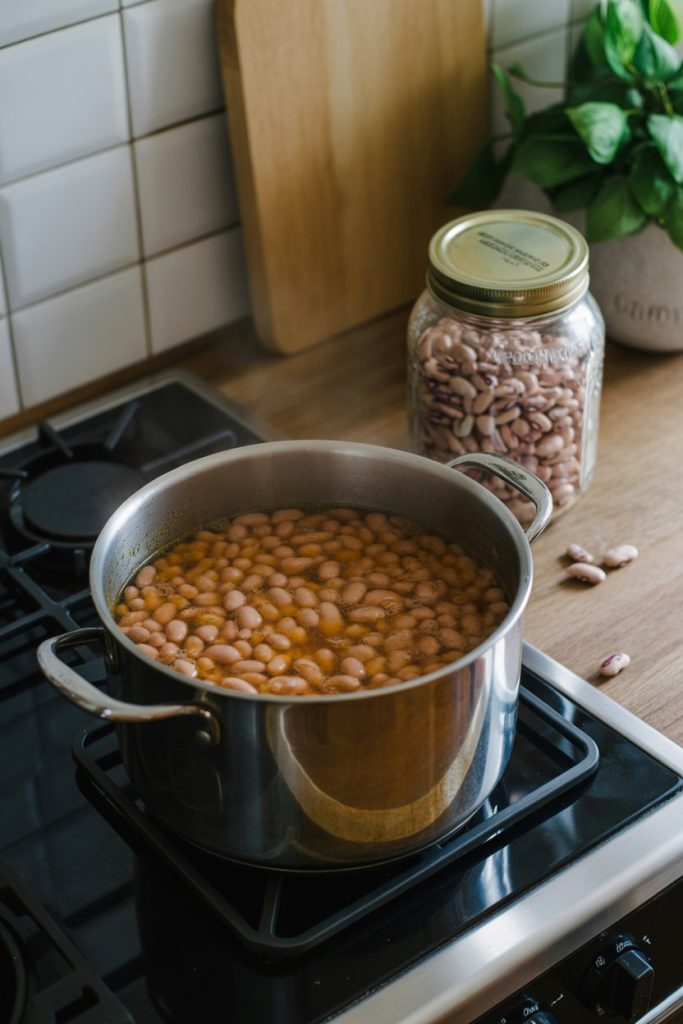
Dried beans are cheaper and lower in sodium than canned versions. Soak them overnight or use a pressure cooker for speed, then freeze in portions. Having pre-cooked beans ready makes tacos, salads, and soups a breeze.
6. Buy Whole Chickens Instead of Parts

Whole birds often cost less per pound than boneless cuts. Roast once, then slice off breasts for sandwiches, thighs for stir-fries, and simmer the carcass for stock. One chicken can stretch across several meals.
7. Use Frozen Fruits and Vegetables
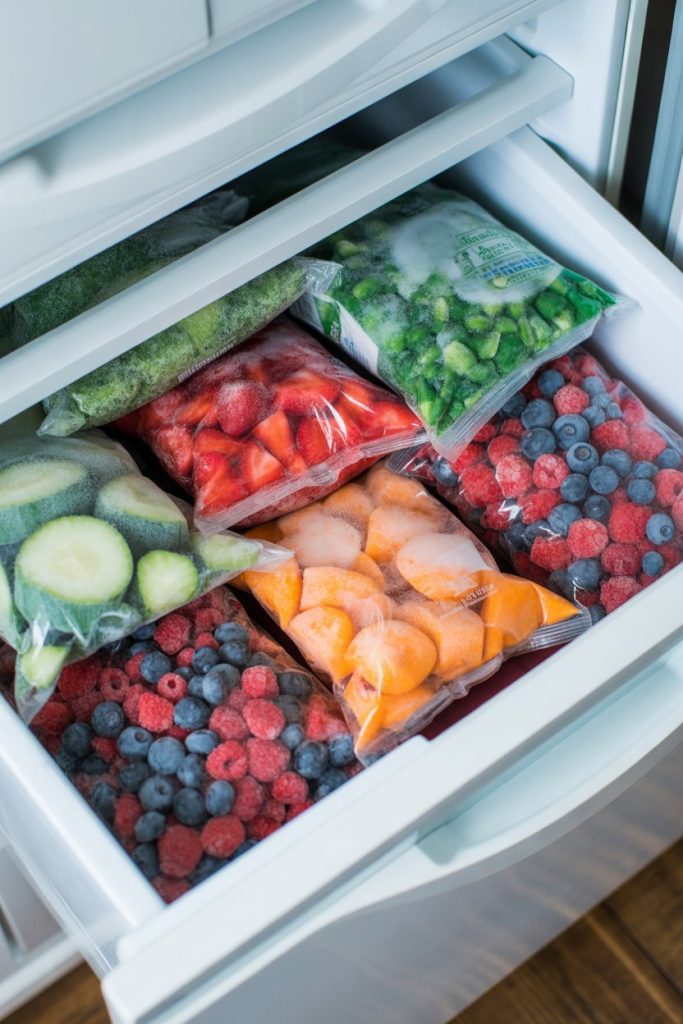
Frozen produce is picked at peak ripeness and usually cheaper than off-season fresh options. It lasts for months, reducing spoilage. Stir frozen veggies into soups or blend frozen fruit into smoothies without compromising nutrition.
8. Buy Produce in Season
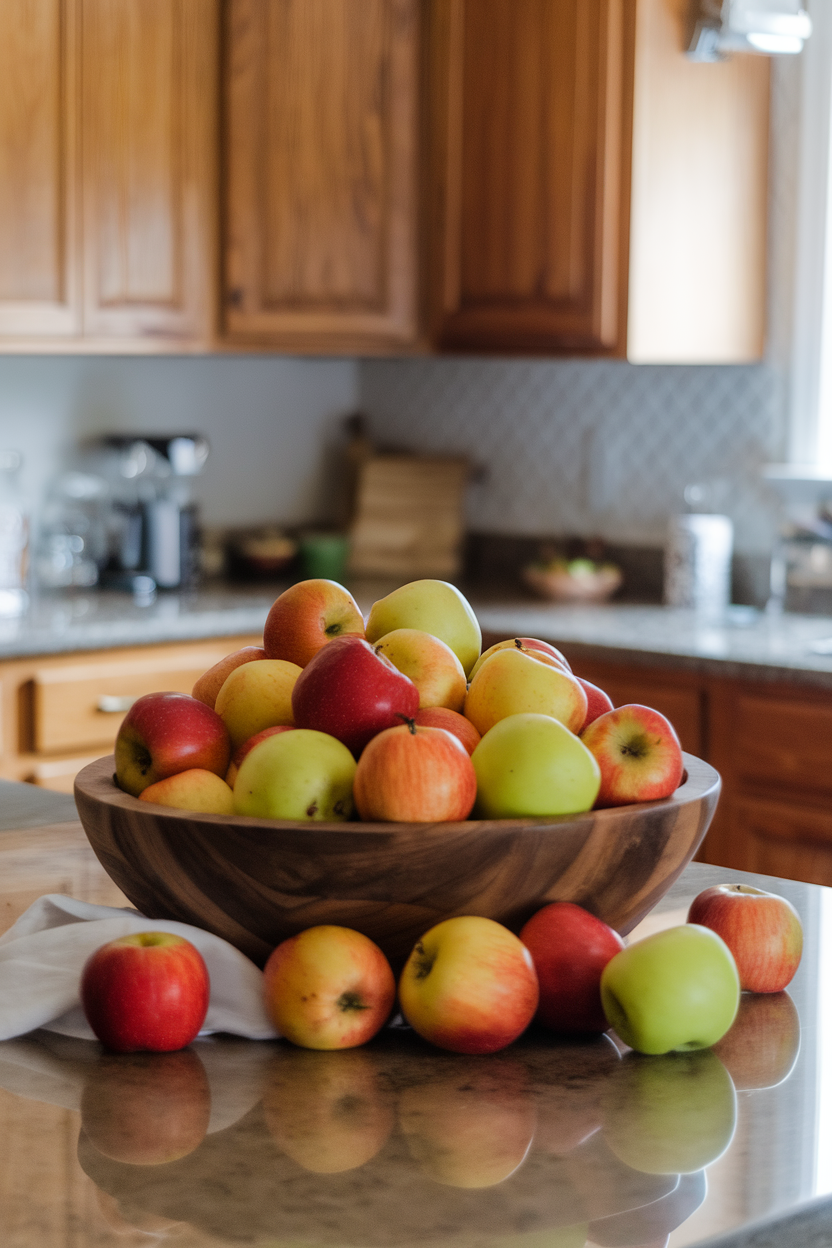
Seasonal items cost less because supply is high and transport distances are shorter. Build your menu around what’s abundant—think berries in summer or squash in fall. You’ll get better flavor and value every time.
9. Grow a Windowsill Herb Garden
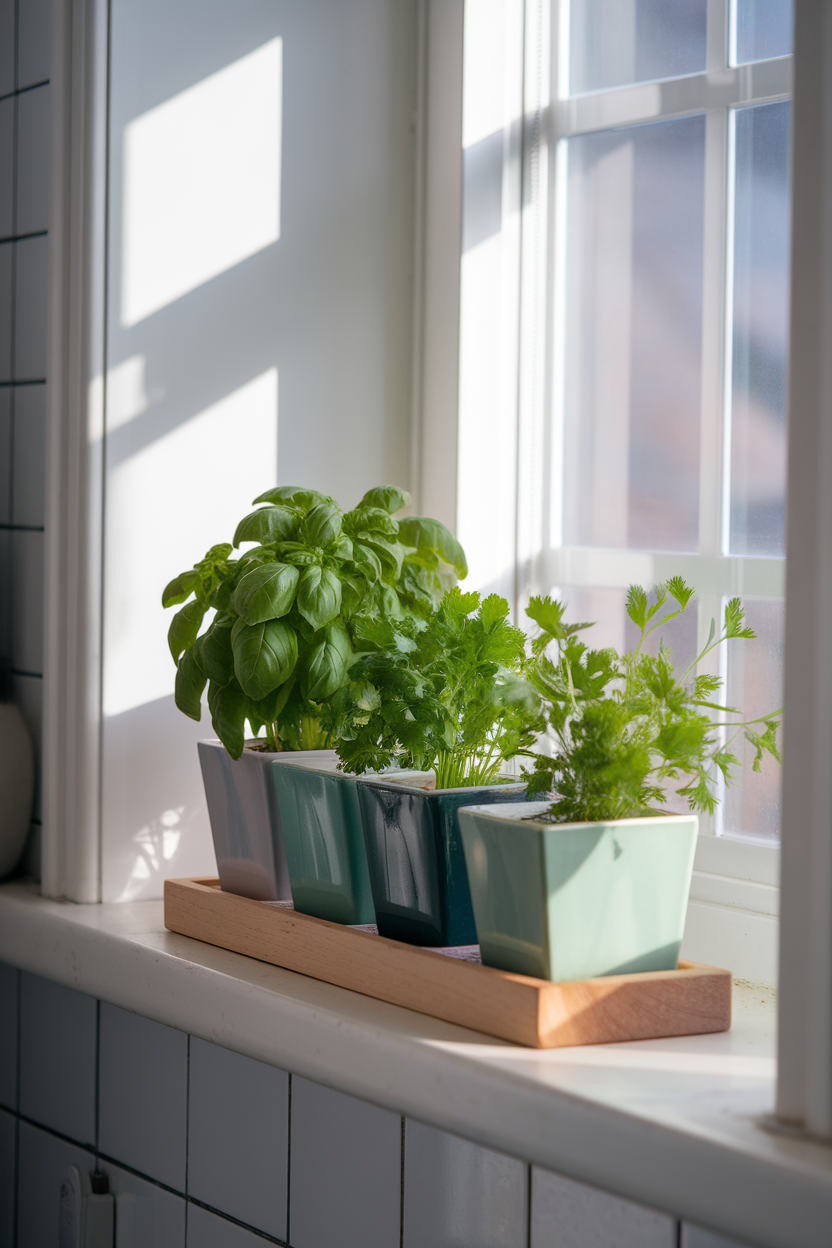
Fresh herbs at the store can be pricey and spoil quickly. A few pots of basil or parsley provide weeks of garnish for pennies. Snip only what you need, leaving the rest to keep growing.
10. Batch Cook and Freeze Portions
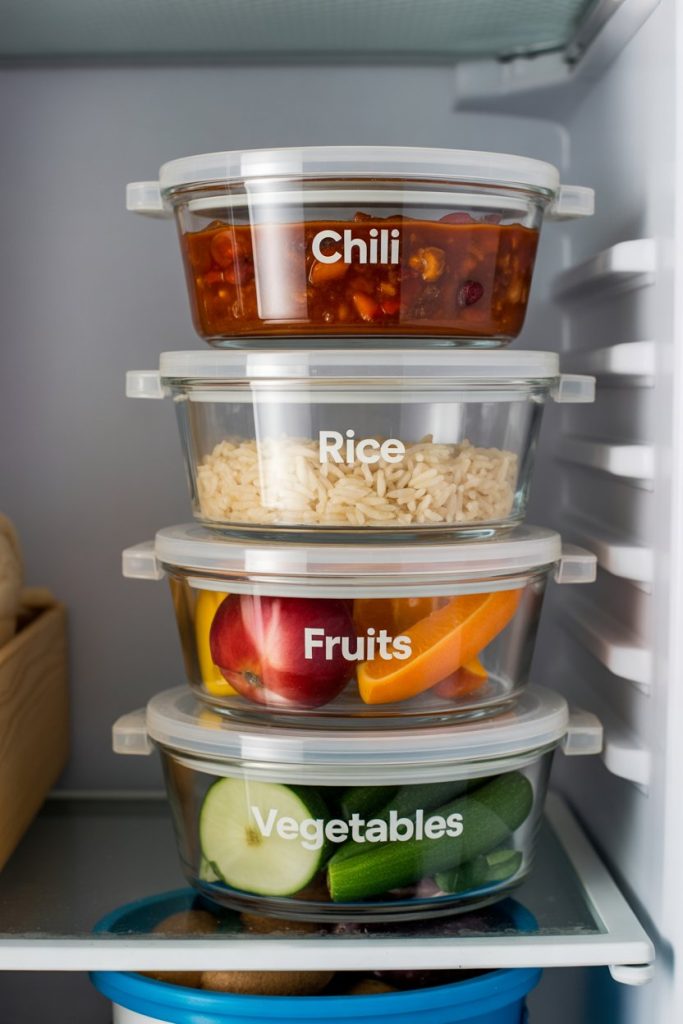
Cooking double recipes of chili, soups, or stews takes minimal extra effort and yields instant future meals. Freeze portions flat so they thaw quickly. Having ready-made food on hand reduces the temptation of pricey convenience options.
11. Prepare Your Own Salad Dressings
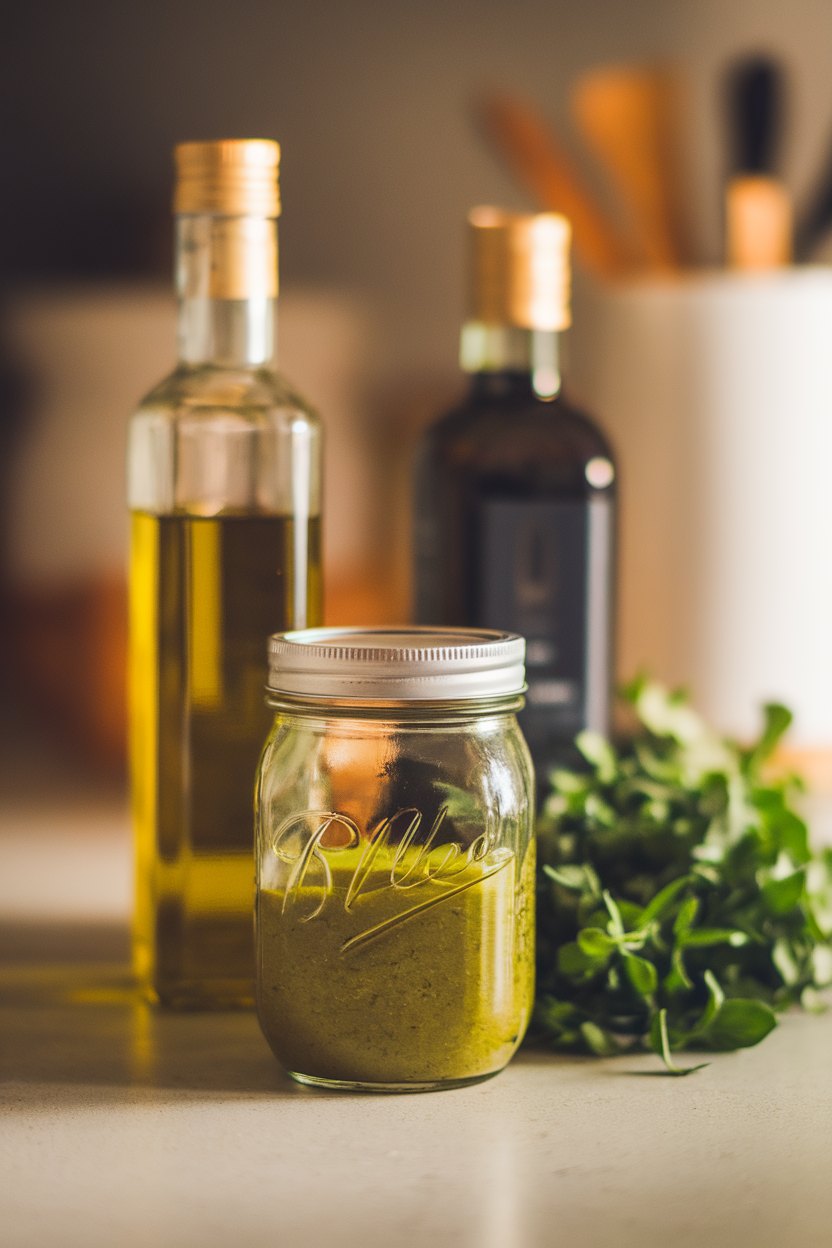
Store-bought dressings often contain added sugar, salt, and preservatives. Whisk oil, vinegar, mustard, and seasonings for a fresher, cheaper alternative. One small jar can spice up salads all week.
12. Make Overnight Oats for Grab-and-Go Breakfasts
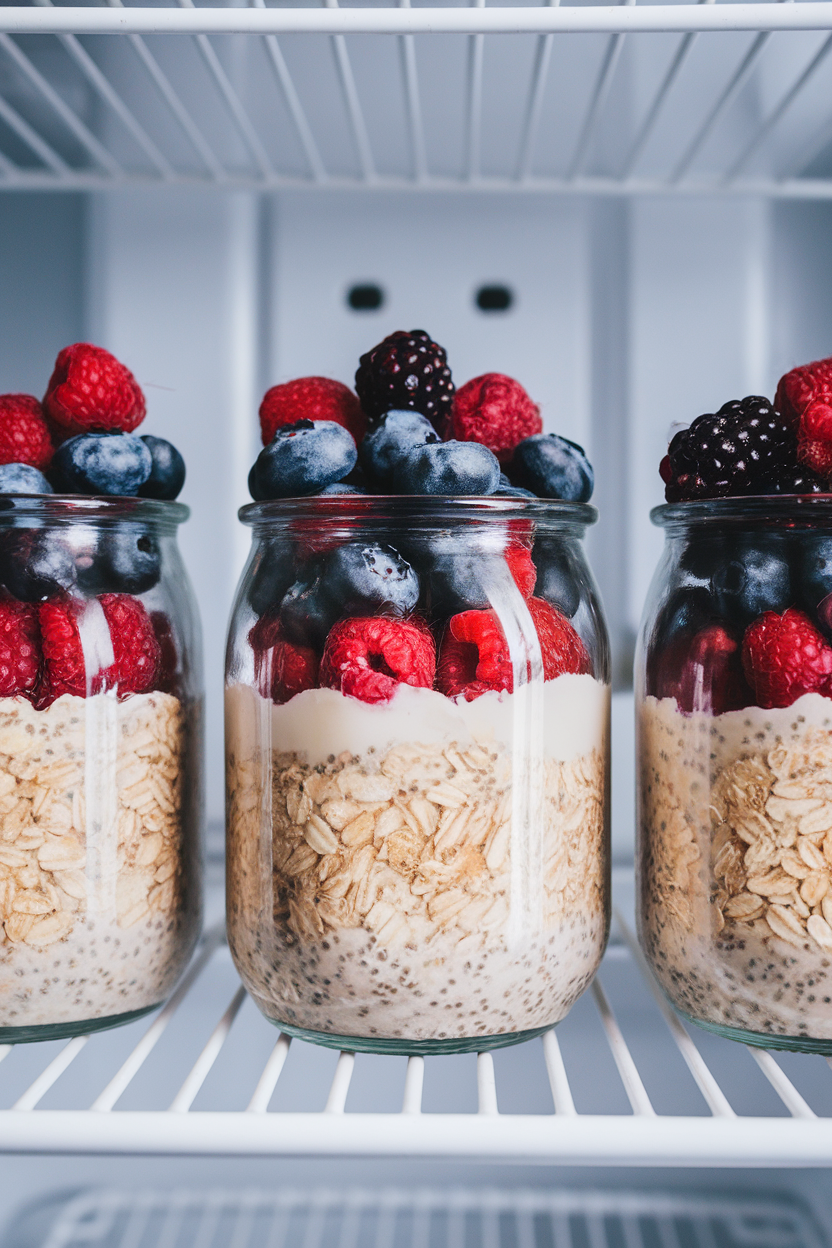
Combine oats with milk, yogurt, and fruit the night before, then refrigerate. Breakfast will be ready when you wake up, saving time and coffee-shop money. The recipe is endlessly customizable with nuts, spices, or cocoa.
13. Repurpose Leftovers Creatively
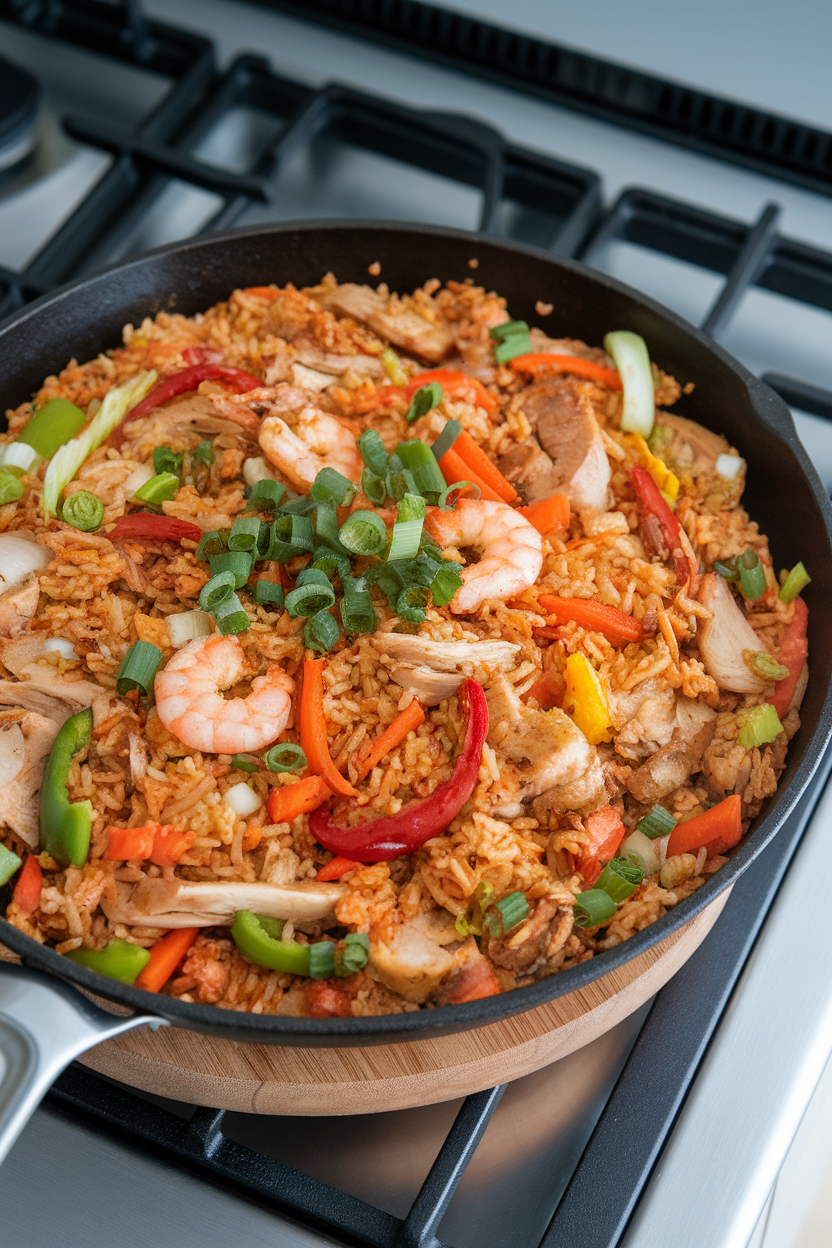
Yesterday’s roasted veggies become today’s frittata or wrap filling. Turning leftovers into new dishes keeps meals exciting and prevents waste. Think stir-fries, tacos, or grain bowls as blank canvases.
14. Use Bones and Veggie Scraps for Homemade Stock

Freeze carrot peels, onion skins, and poultry bones until you have enough for a flavorful broth. Simmer everything for a few hours, strain, then cool. Homemade stock enhances soups and sauces at almost no additional cost.
15. Store Food Properly to Reduce Waste
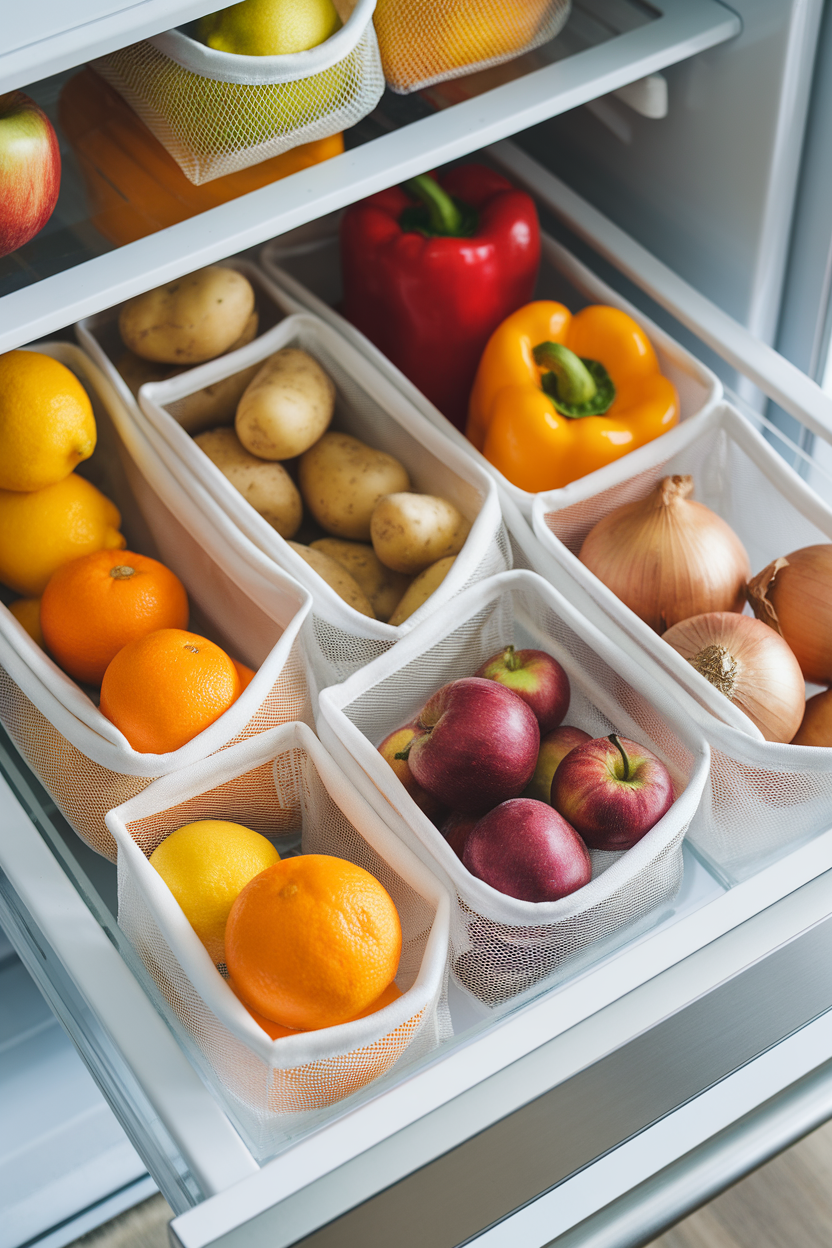
Learning ideal storage—like keeping herbs in a jar of water or apples away from leafy greens—extends shelf life. Less spoilage means fewer emergency grocery runs. A tidy fridge also helps you see and use what you already have.
16. Invest in Reusable Containers
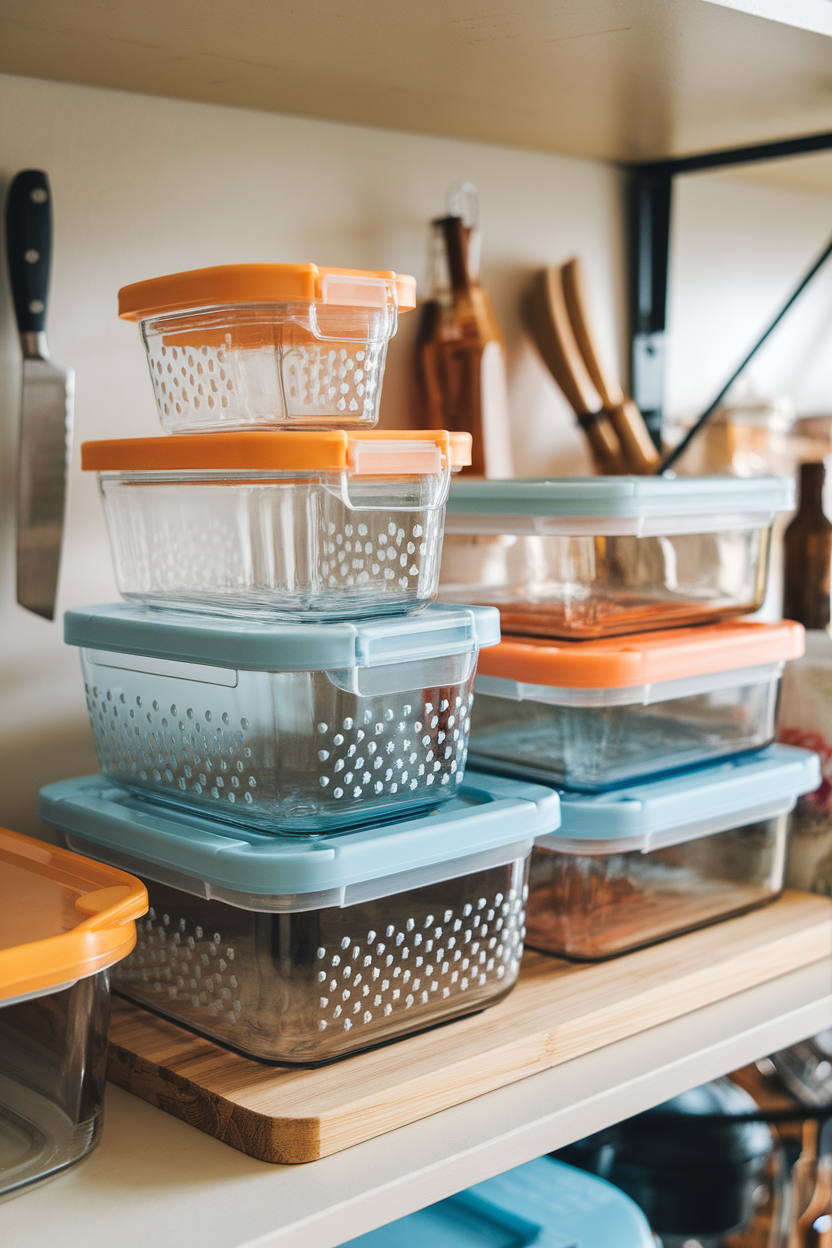
Durable containers prevent frequent purchases of disposable bags or wraps. They also make portioning lunches and snacks simple. Clear glass lets you spot leftovers quickly so they don’t languish forgotten.
17. Opt for Generic Brands
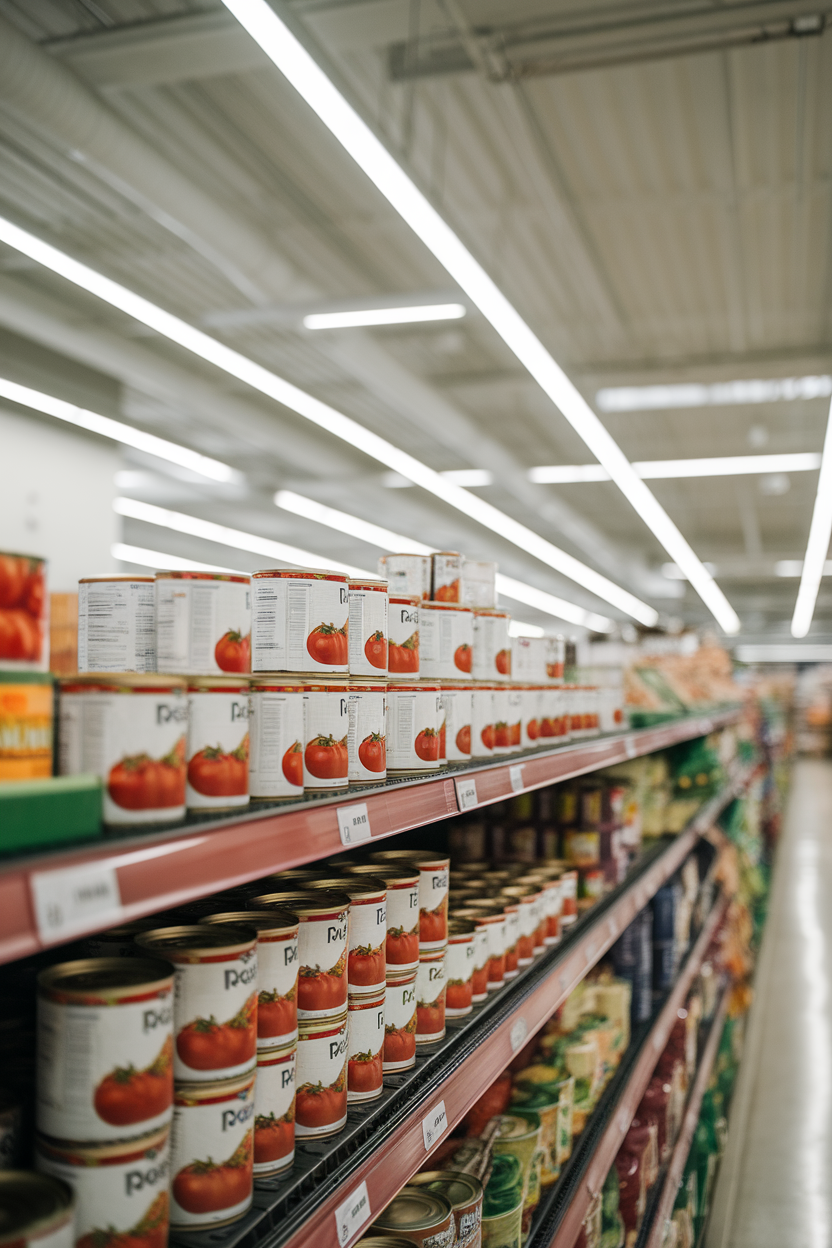
Store brands often match national labels in taste and ingredients while costing less. Compare nutrition panels; many are identical. Swapping just a few items can shave several dollars off each receipt.
18. Compare Unit Prices

Pay attention to the cost per ounce or gram rather than the sticker price. Larger packages usually save money, though not always. Doing quick math on your phone ensures you pick the best value.
19. Join a Local Produce Co-op
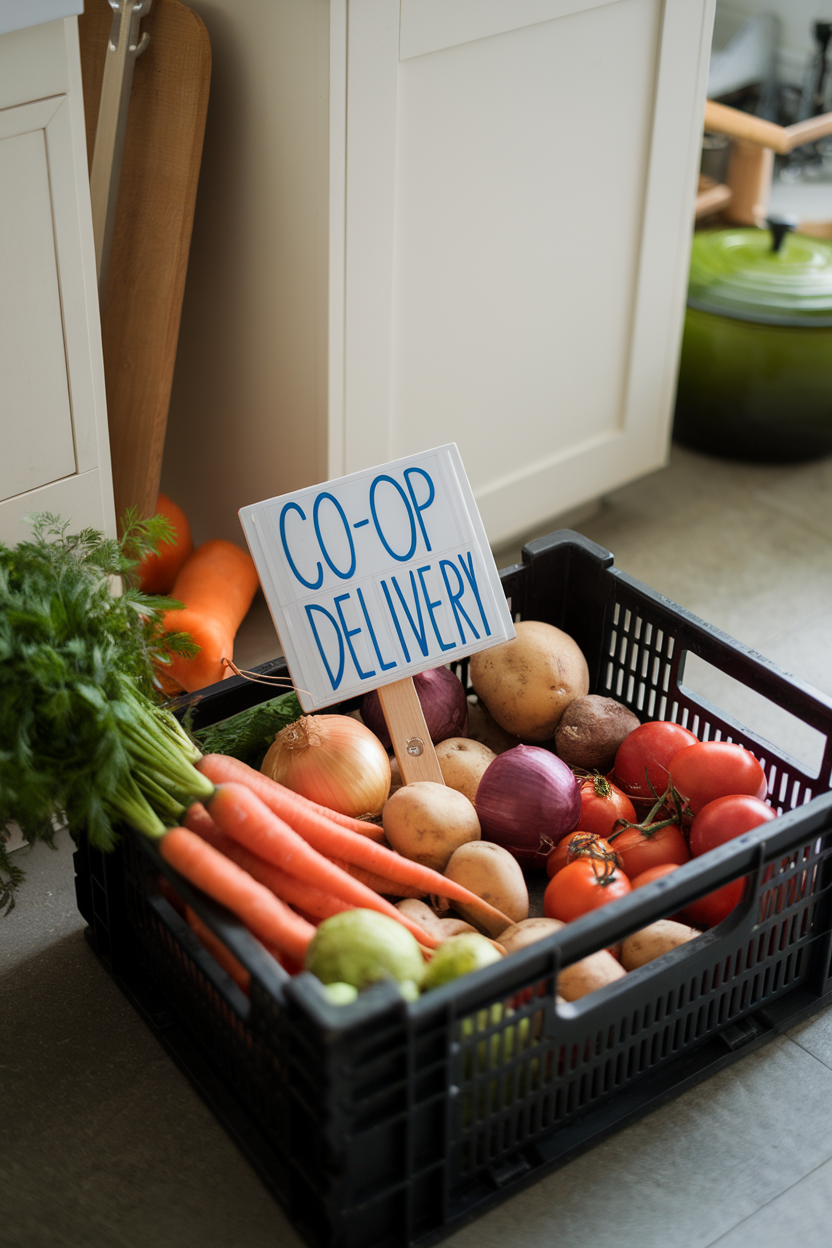
Co-ops or farm shares provide seasonal produce at bulk rates. Splitting a box with neighbors spreads the savings and variety. The weekly haul encourages trying new recipes with lesser-known veggies.
20. Buy Grains in Bulk
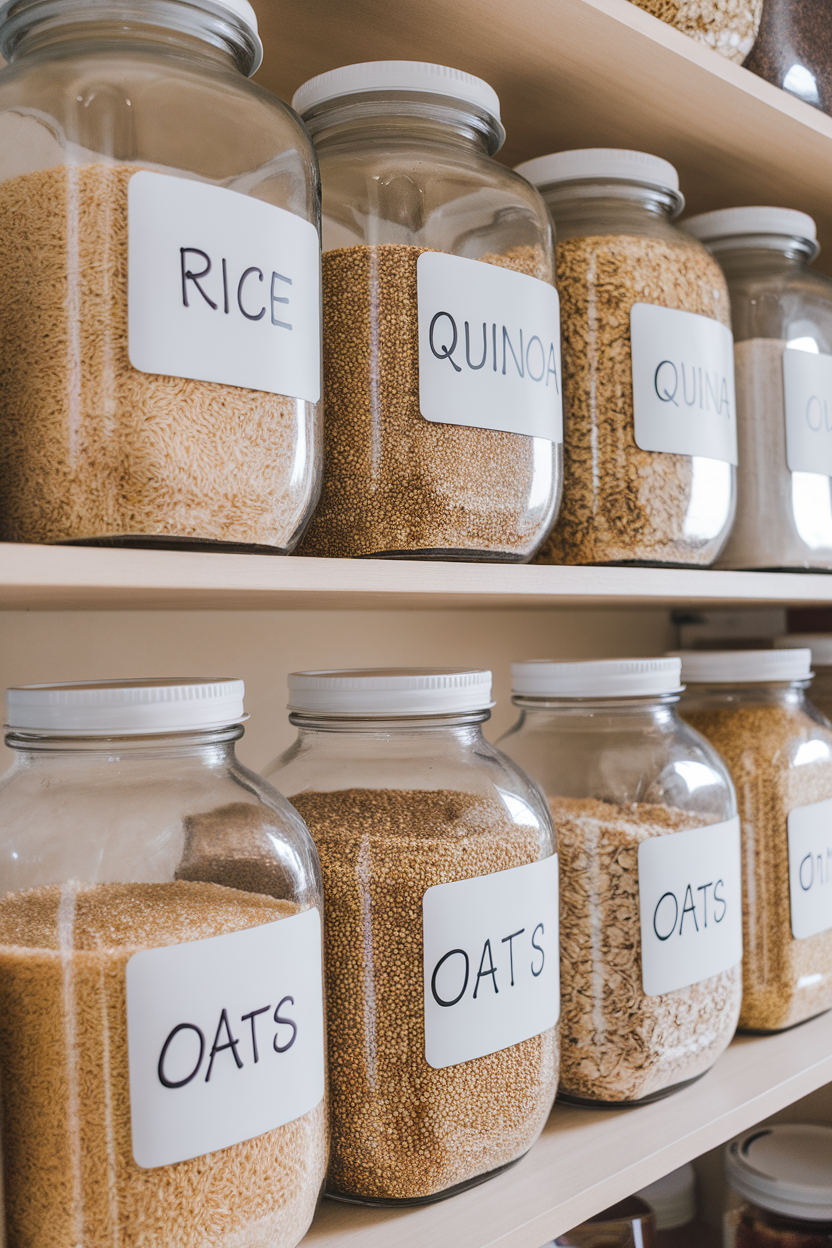
Bulk bins eliminate packaging costs, lowering price per pound on staples like rice and oats. Store grains in airtight containers to preserve freshness. Buying in volume means fewer store trips and steady meal foundations.
21. Swap Soda for Tap Water Infused with Fruit
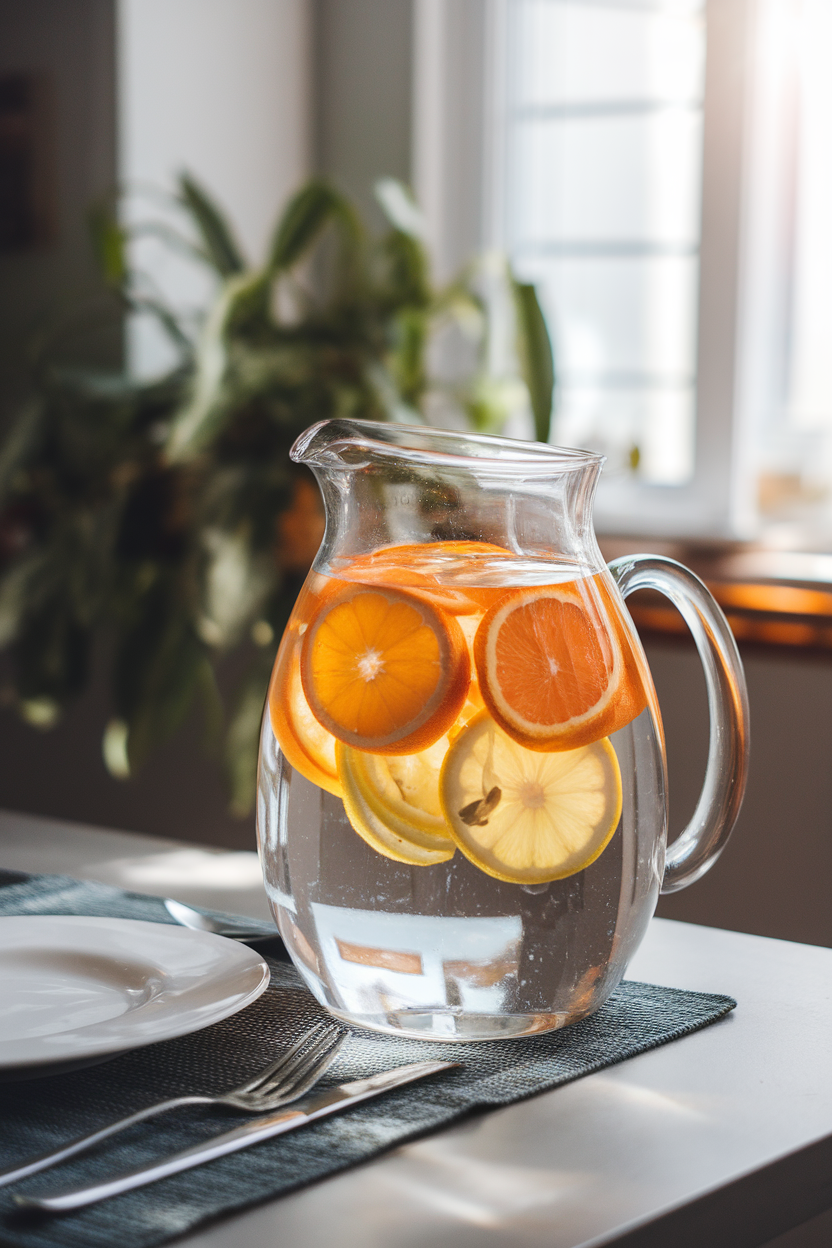
Sugary drinks add up in both calories and cash. Infusing tap water with lemon, cucumber, or mint delivers flavor without cost. Keep a chilled pitcher visible so grabbing a healthy drink becomes second nature.
22. Freeze Ripe Bananas for Smoothies
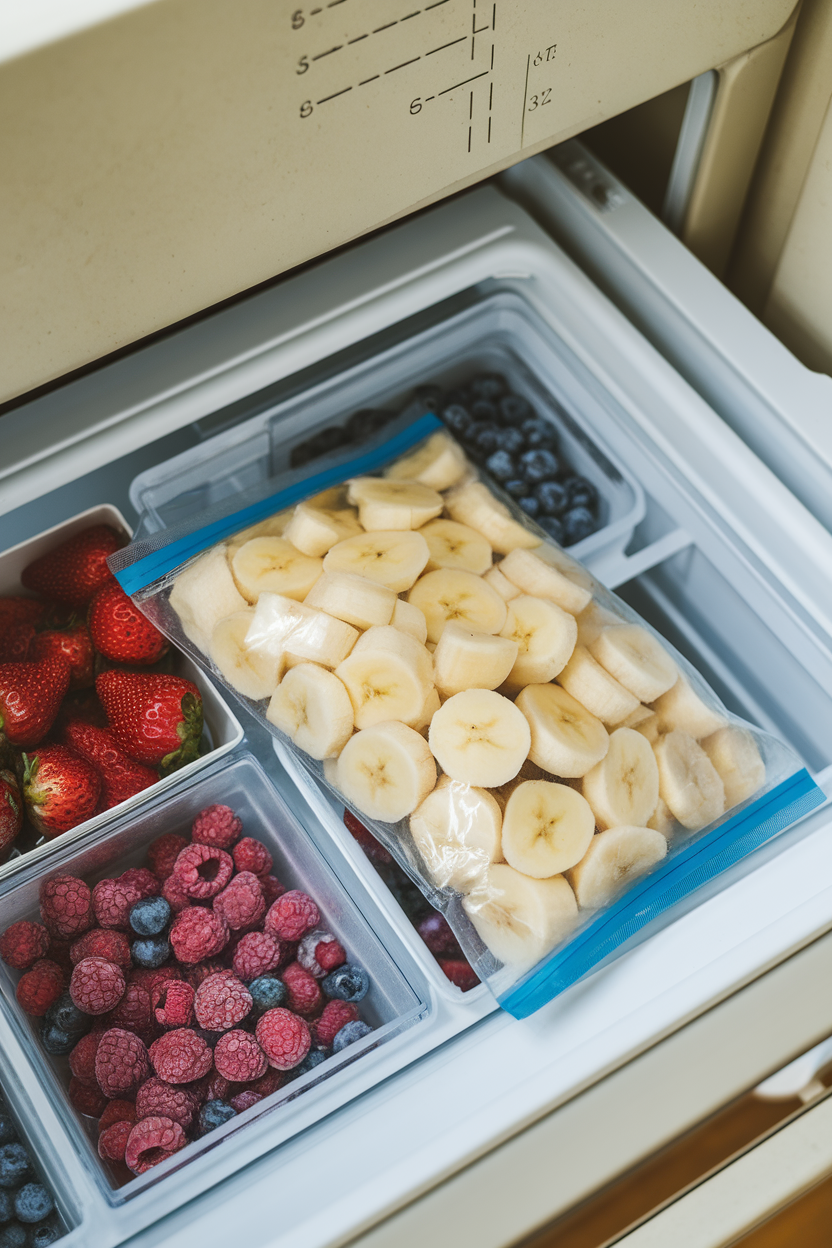
Don’t toss speckled bananas—peel, slice, and freeze them instead. They provide natural sweetness and creaminess to smoothies, replacing pricier ingredients like ice cream. Half a banana thickens shakes without added sugar.
23. Roast Large Trays of Vegetables
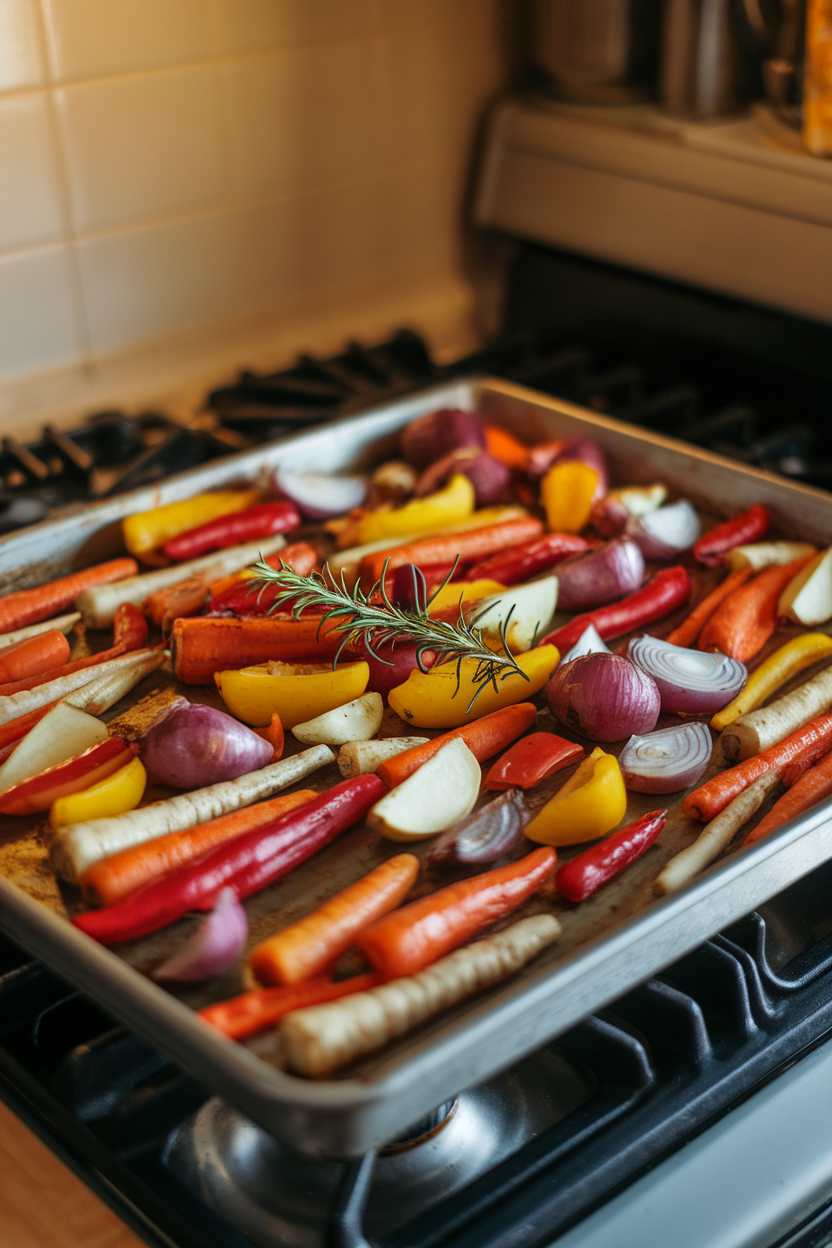
High-heat roasting enhances flavor and minimizes active cooking time. Slide a full pan of carrots, broccoli, and peppers into the oven while you prep something else. Use the veggies in salads, wraps, or as sides all week.
24. Blend Vegetable Ends into Sauces
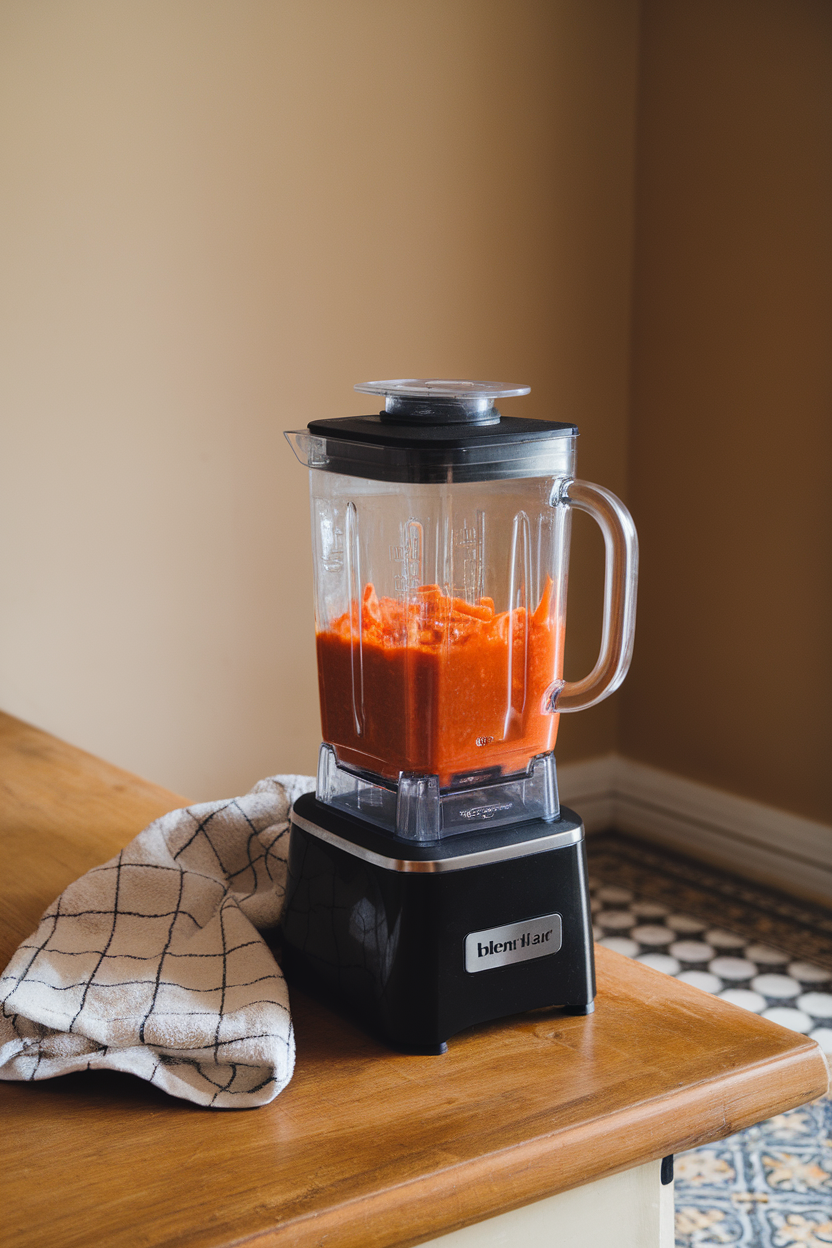
Carrot or zucchini ends disappear once pureed into marinara or curry. This trick boosts nutrients and reduces waste. A smooth sauce also hides extra veggies from picky eaters.
25. Make Your Own Hummus
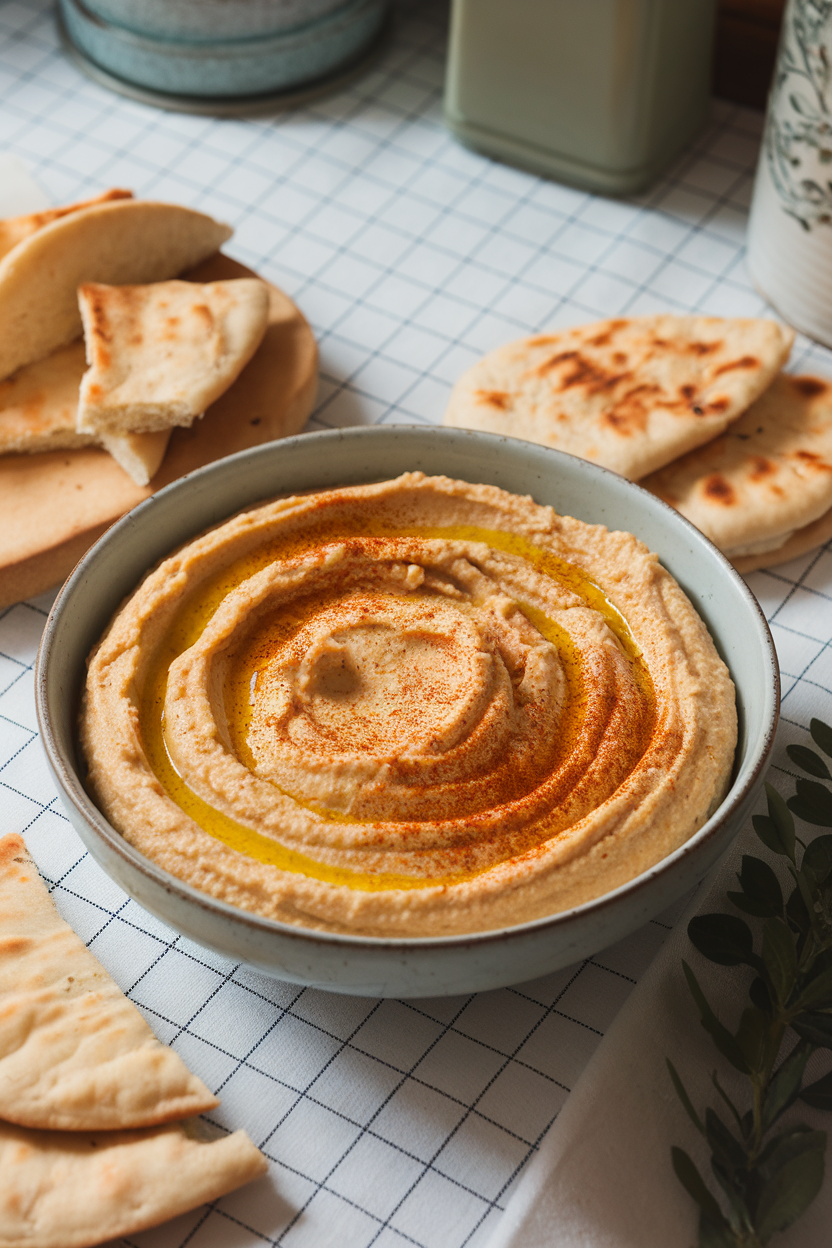
Canned chickpeas, lemon juice, and tahini transform into hummus within minutes. Homemade versions cost far less than deli tubs and allow control over salt. Flavor with roasted garlic or herbs to suit your palate.
26. Choose Canned Fish Like Sardines and Salmon
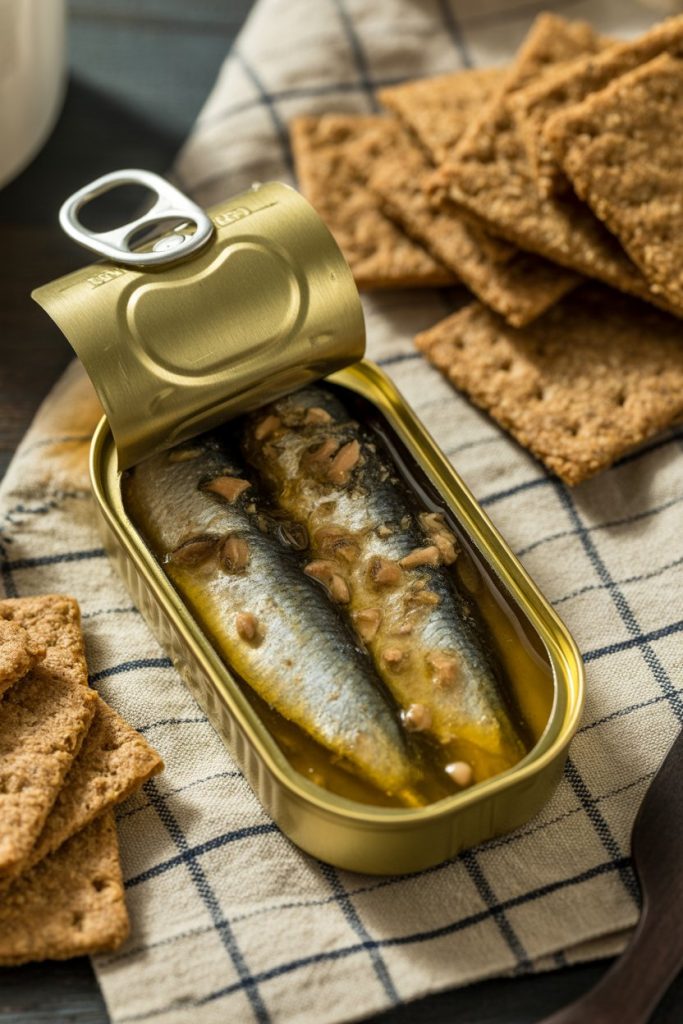
Canned oily fish is rich in protein and omega-3s yet very affordable. Keep a few tins in the pantry for quick lunches or pasta toppers. Since they’re pre-cooked, no additional energy costs are involved.
27. Bake Instead of Buying Snack Bars
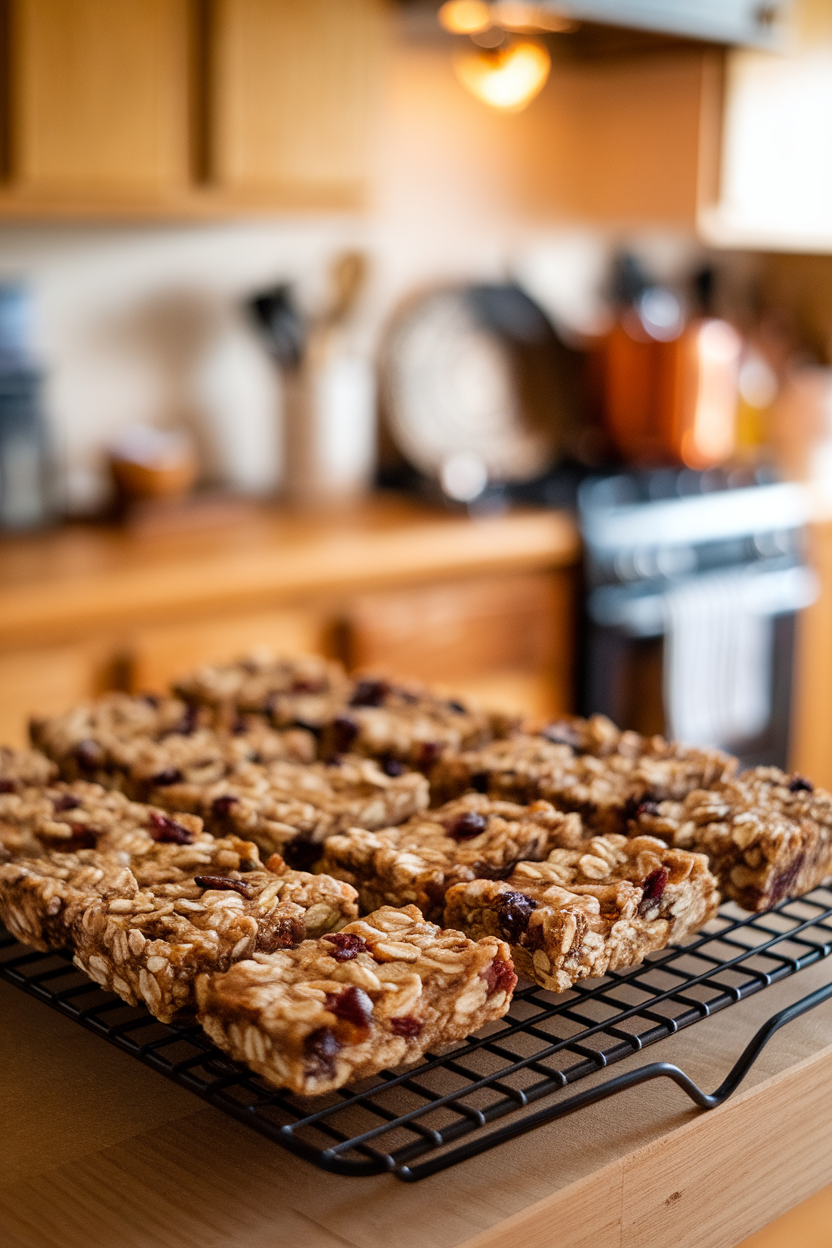
DIY snack bars require basic pantry items like oats, peanut butter, and honey. Baking a batch yields a week’s worth of grab-and-go fuel for pennies each. Cut them to size and wrap individually for convenience.
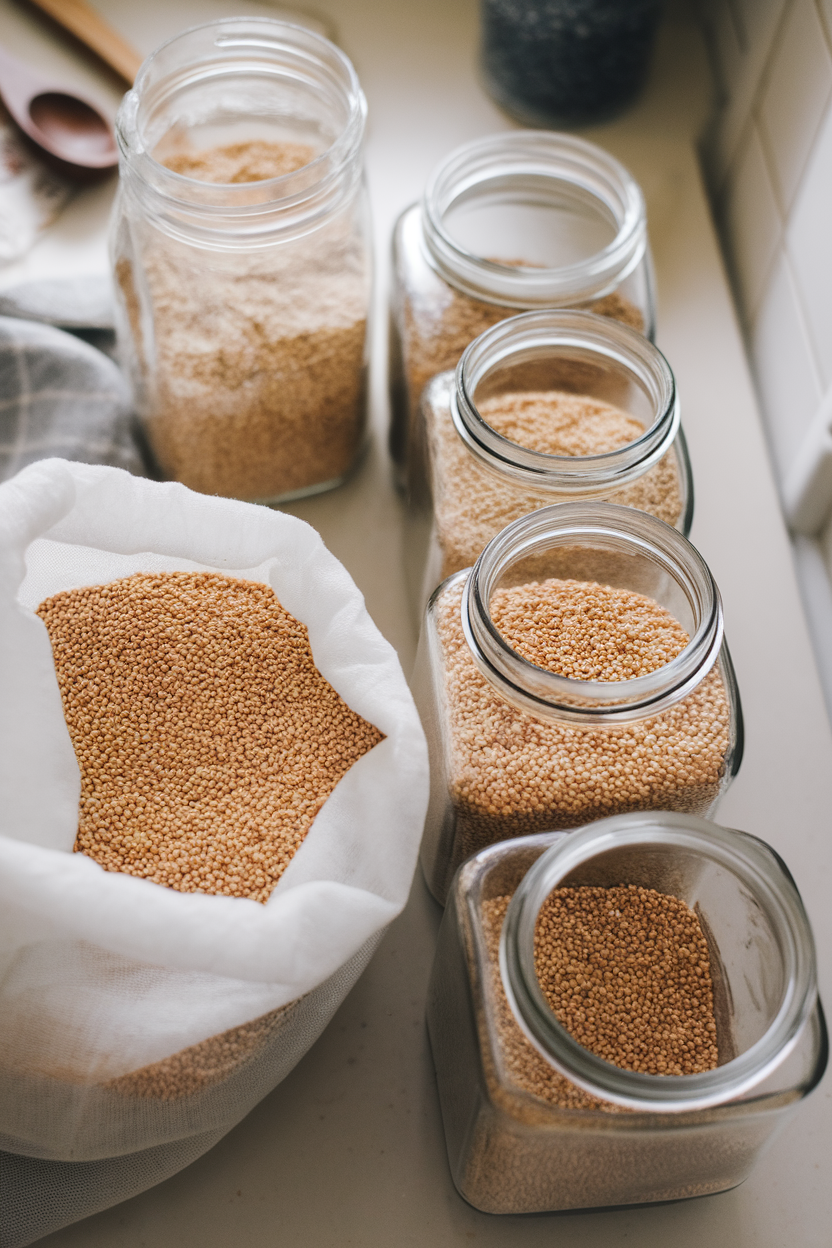
Warehouse-size bags lower cost per unit but can overwhelm a single household. Dividing staples with a friend keeps savings while avoiding spoilage. It’s also a chance to trade recipe ideas.
29. Keep a Well-Stocked Spice Rack

Flavorful spices elevate budget ingredients like beans and rice. Buying spices in small amounts from bulk bins prevents them from going stale. Rotating seasonings keeps meals interesting without extra cost.
30. Use Eggs as an Affordable Protein
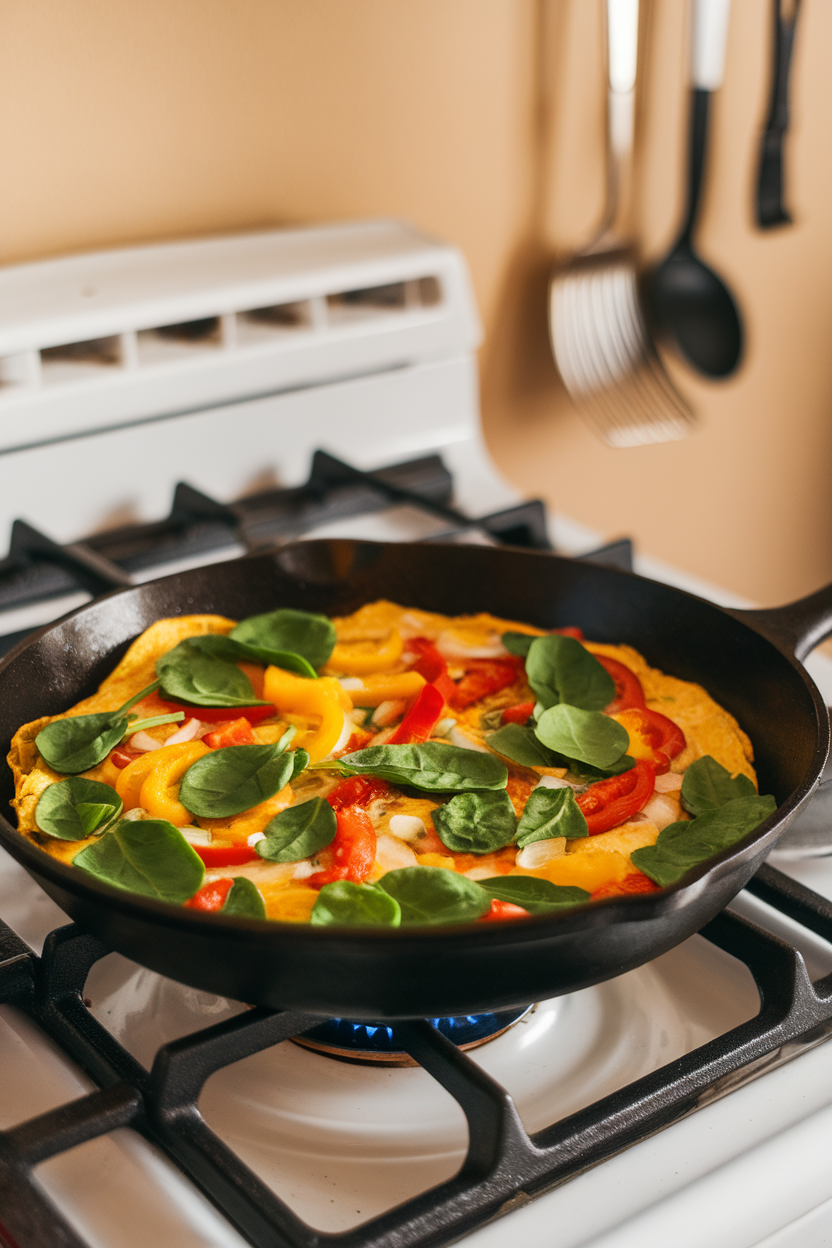
Eggs provide high-quality protein, vitamins, and minerals for modest cost. Whip them into frittatas packed with leftover vegetables for dinner. Hard-boil a dozen at once for portable snacks all week.
31. Try Meat Stretchers Like Lentils
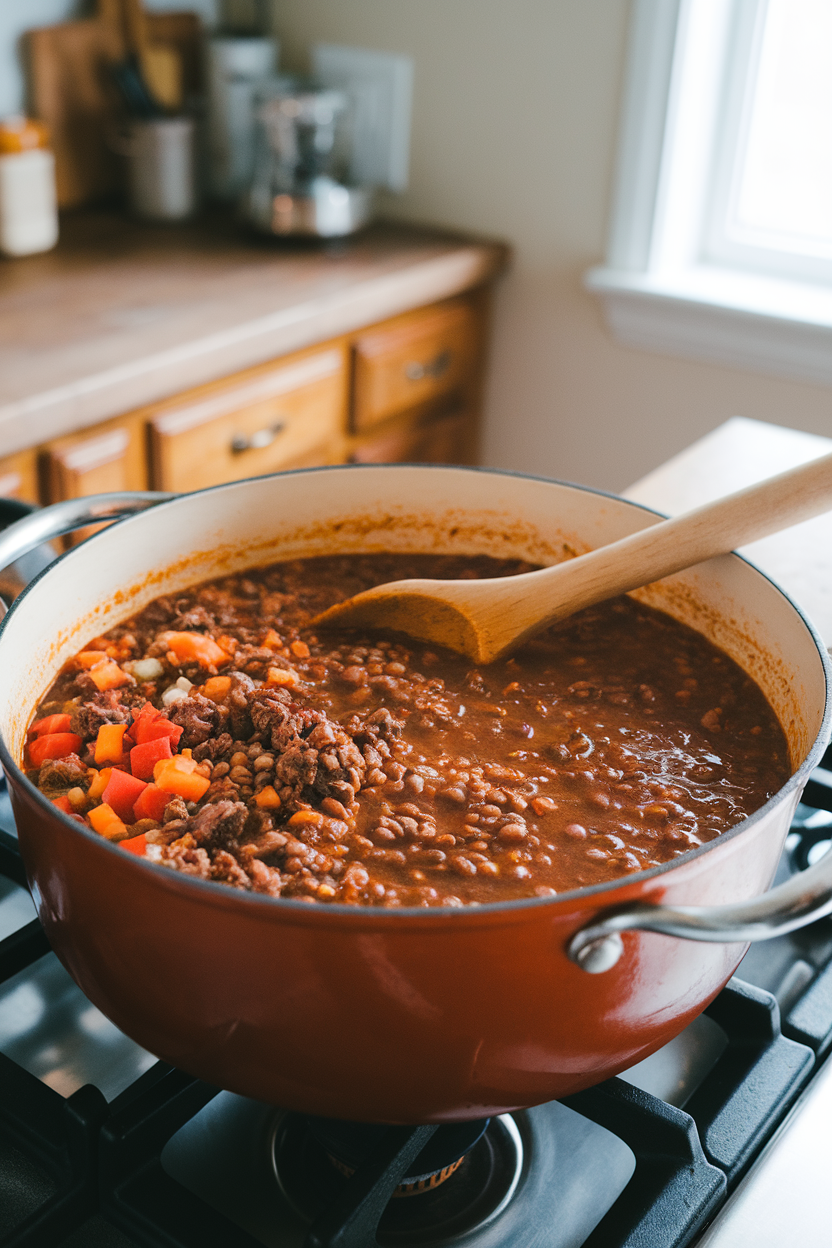
Adding lentils to ground meat recipes doubles volume while trimming price and saturated fat. The lentils absorb seasonings, making them taste meaty. No one will notice half the beef has quietly disappeared.
32. Master Simple Stir-Fry Sauces
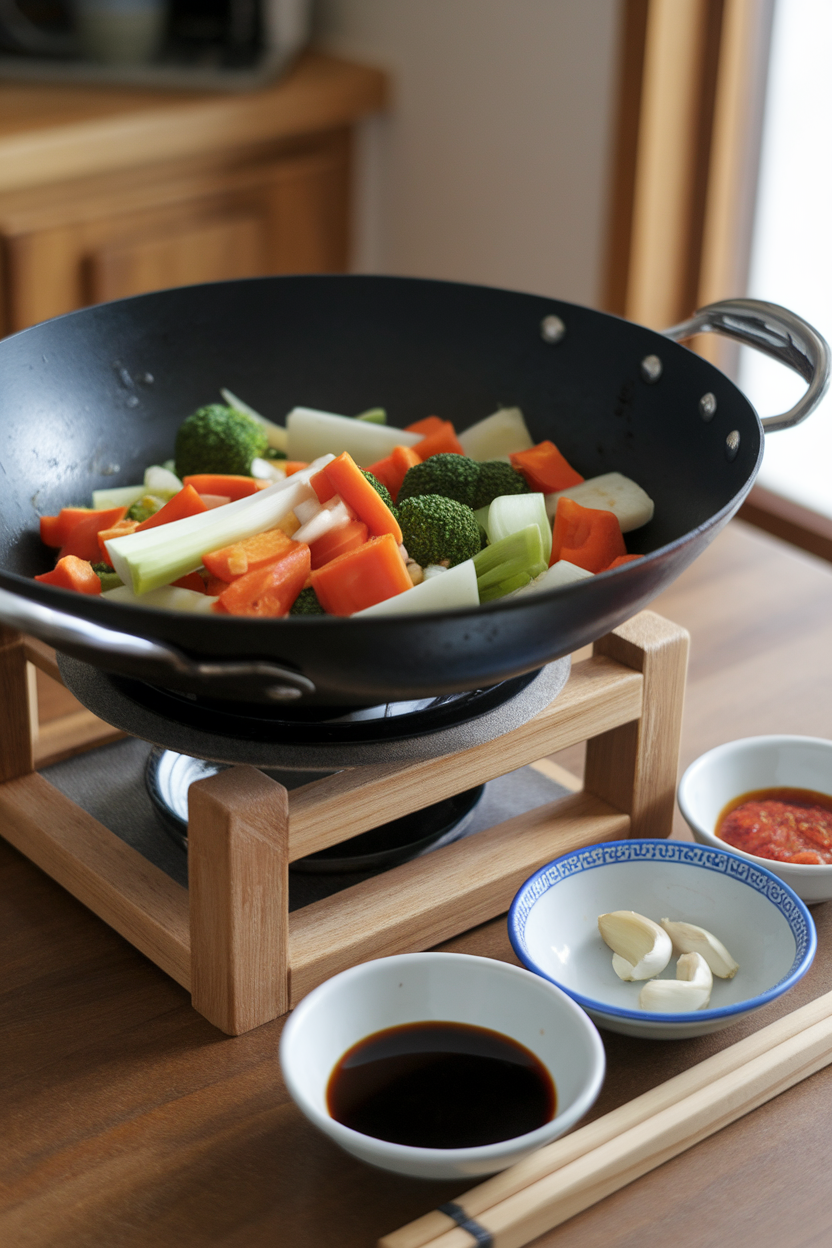
A basic mixture of soy sauce, garlic, and cornstarch rivals bottled sauces for a fraction of the cost. Once you have a go-to formula, stir-fries become a lightning-fast way to clear out produce drawers. Serve over rice for a full meal.
33. Turn Stale Bread into Croutons
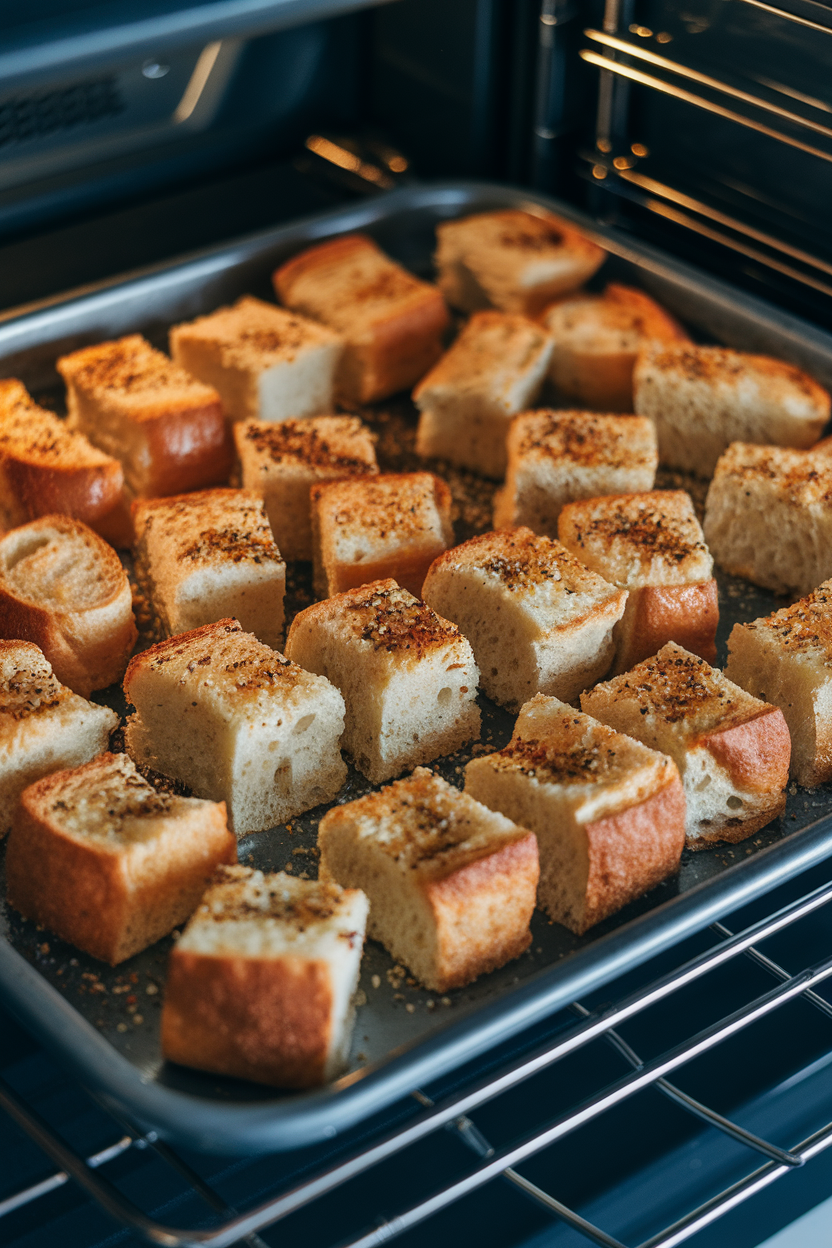
Cut slightly stale bread into cubes, toss with oil and herbs, then bake until crisp. Homemade croutons jazz up soups and salads while preventing food waste. Store cooled pieces in an airtight jar for up to two weeks.
34. Pick Plain Yogurt Over Flavored

Plain yogurt costs less and contains less sugar than flavored versions. Customize sweetness with fruit, jam, or a touch of maple syrup. The unsweetened option also doubles as a base for savory dips.
35. Mix Your Own Trail Mix
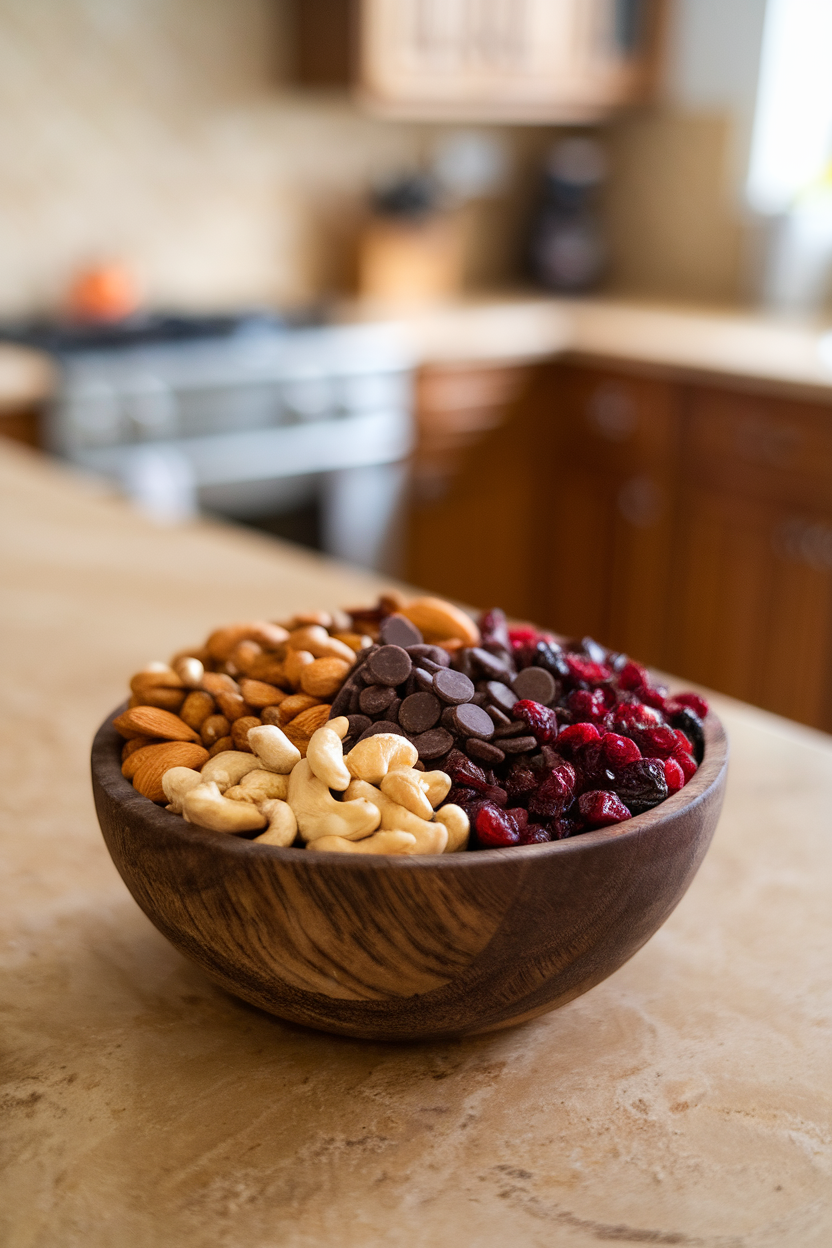
Buying nuts and dried fruit separately and combining them costs far less than branded mixes. You control salt and sugar levels and avoid filler candies. Portion into small containers to curb mindless snacking.
36. Cook Once, Eat Twice
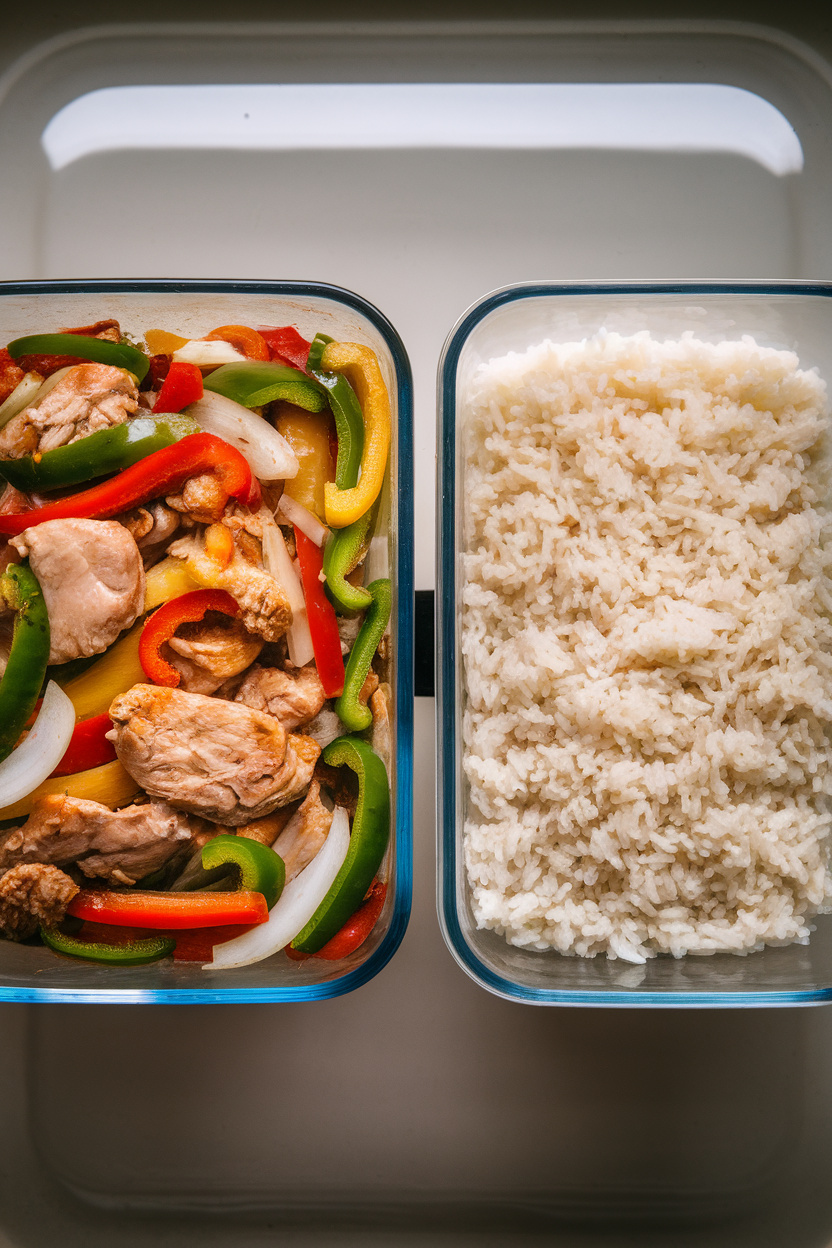
Design meals that intentionally produce leftovers, like double-batch soups or casseroles. Tomorrow’s lunch is ready without extra cooking or spending. This habit also reduces dishwashing time.
37. Freeze Leftover Herbs in Ice Cube Trays
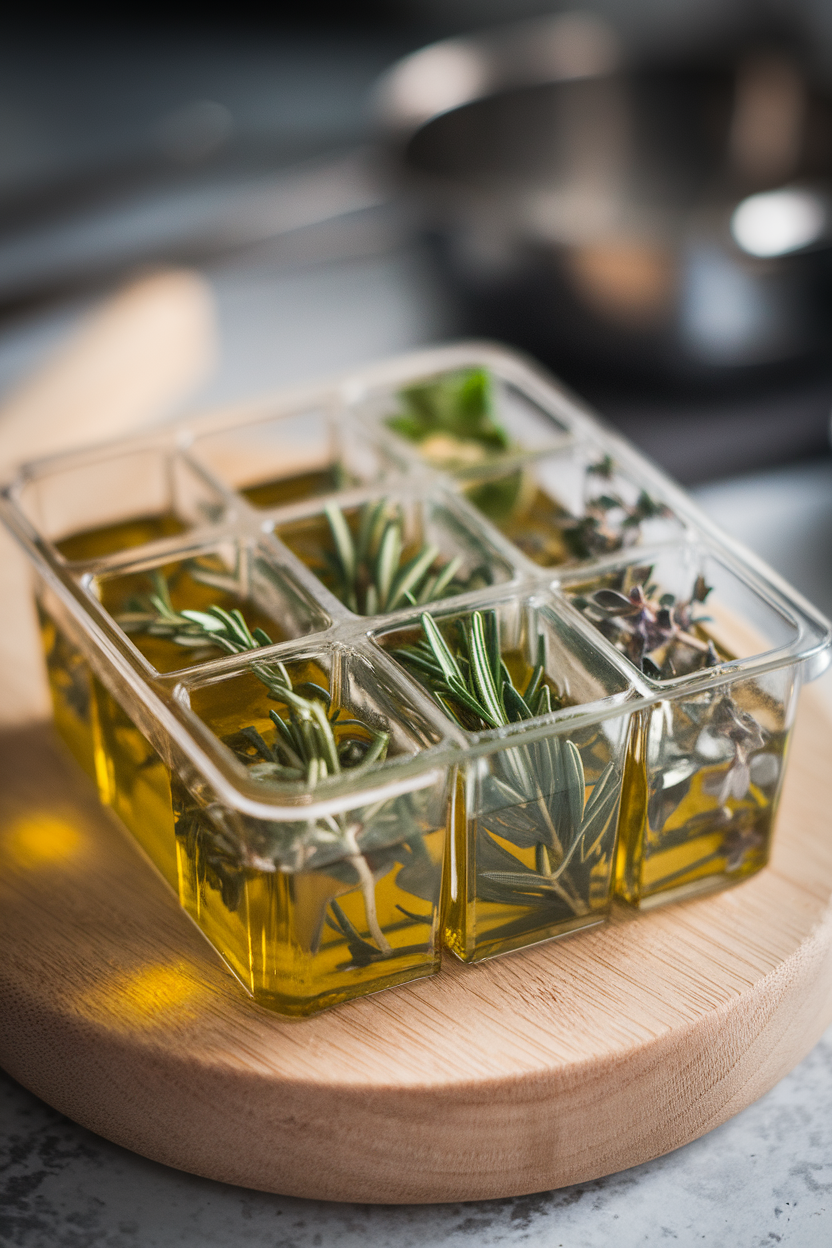
Blend herbs with a splash of oil or water, then freeze in cubes. Toss a cube into soups, sauces, or sautés for instant flavor. No more wilted bunches languishing in the crisper.
38. Prep Veggies Right After Shopping
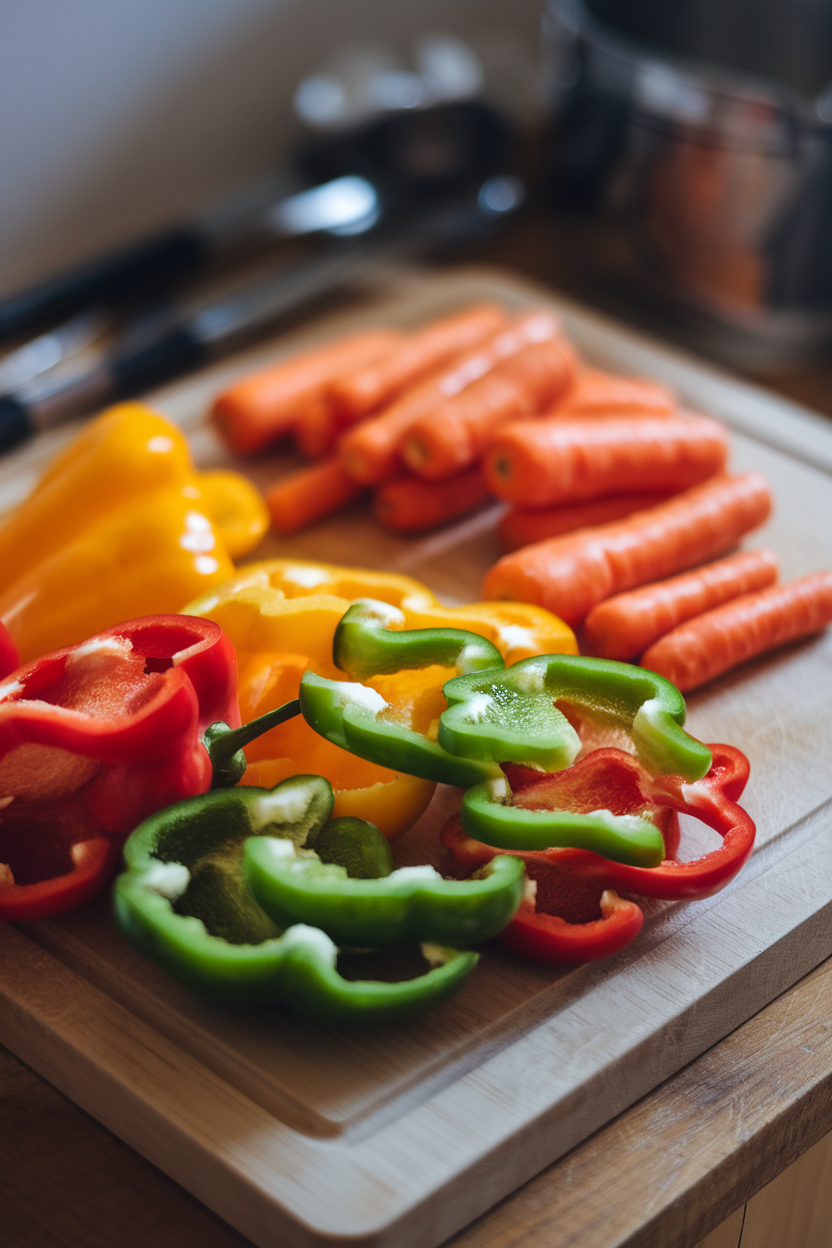
Washing and chopping produce in one session boosts the odds you’ll actually eat it. Ready-to-use veggies make quick snacks and speed up dinner. Store prepared produce in clear containers for visibility.
39. Keep a Running Freezer Inventory
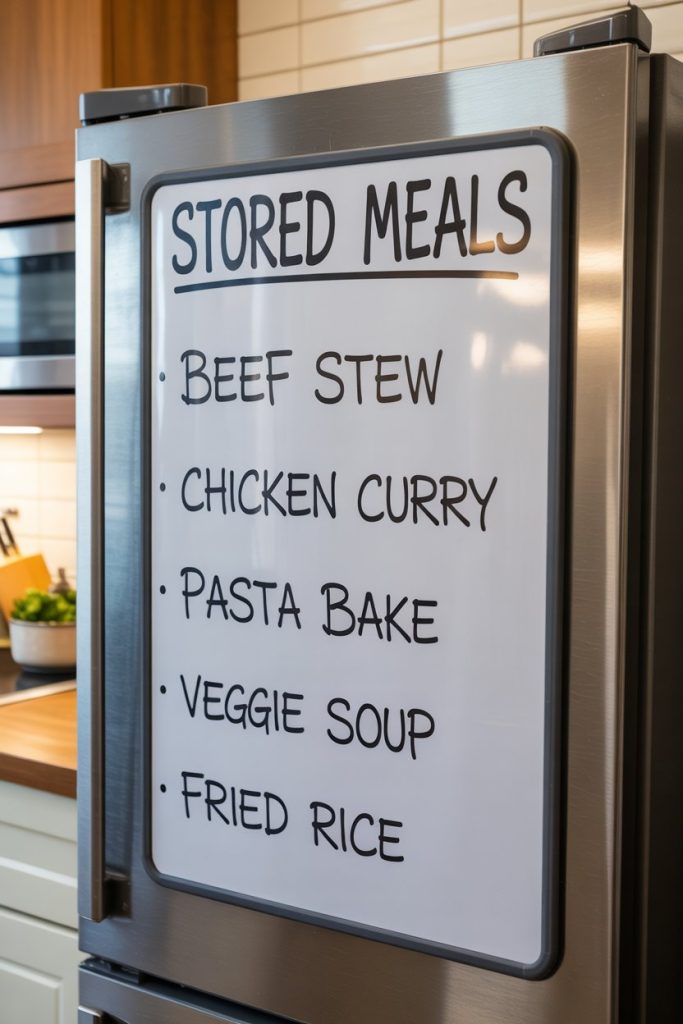
Knowing what’s in your freezer prevents duplicate purchases and forgotten food. Cross off items as you use them so the list stays current. It’s satisfying to watch your stock rotate efficiently.
40. Reheat Meals in Portions
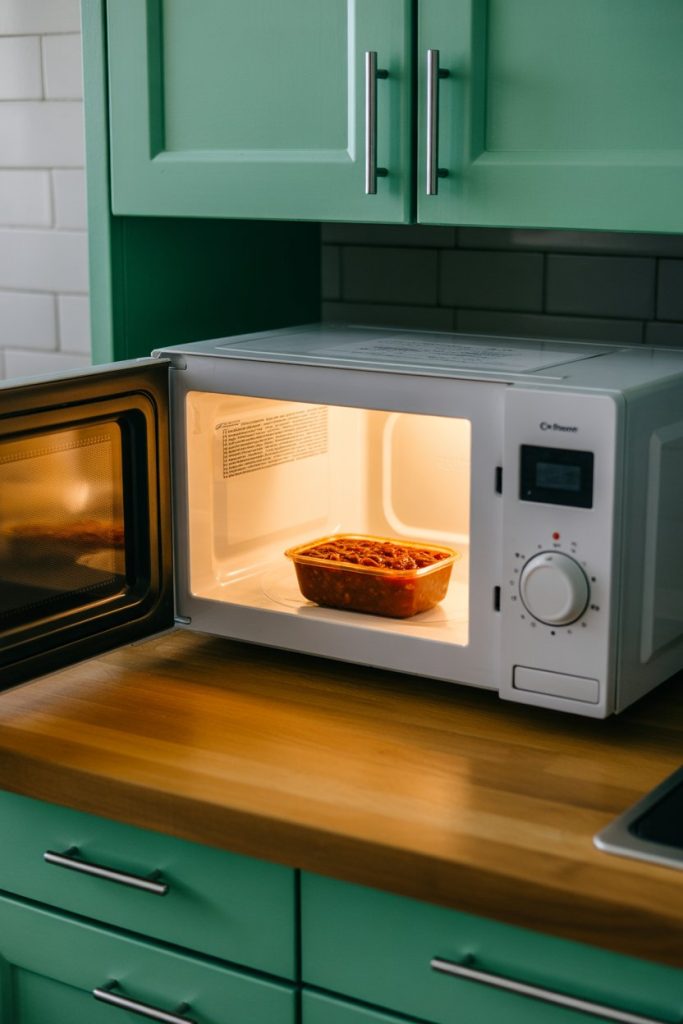
Warming only what you’ll eat keeps leftovers safer and tastier. Repeated reheating can dry out or spoil dishes faster. Portion control also curbs overeating.
41. Choose Steel-Cut Oats
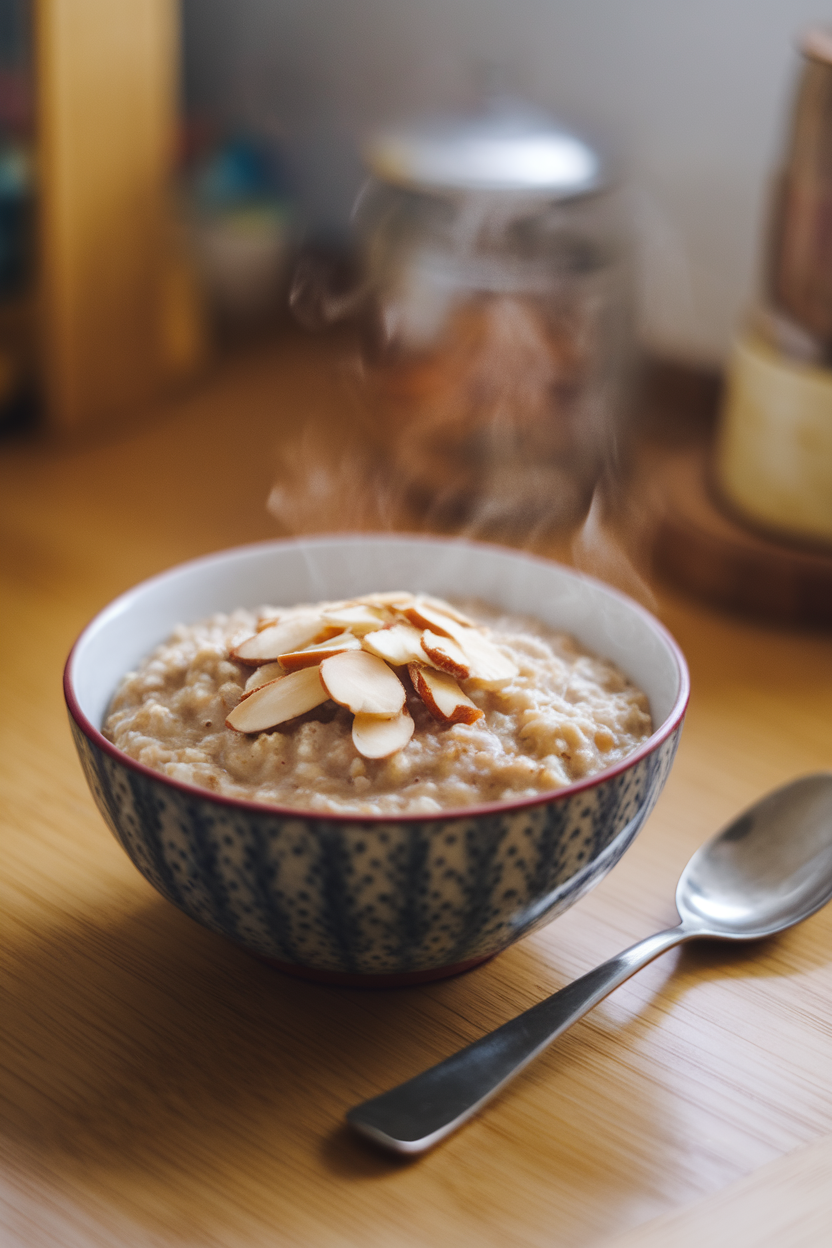
Steel-cut oats are cheaper per serving than single-serve packets and deliver longer-lasting energy. Cook a big batch, then reheat portions with a splash of milk. Add cinnamon or frozen fruit for variety.
42. Blend Beans into Ground Meat Dishes
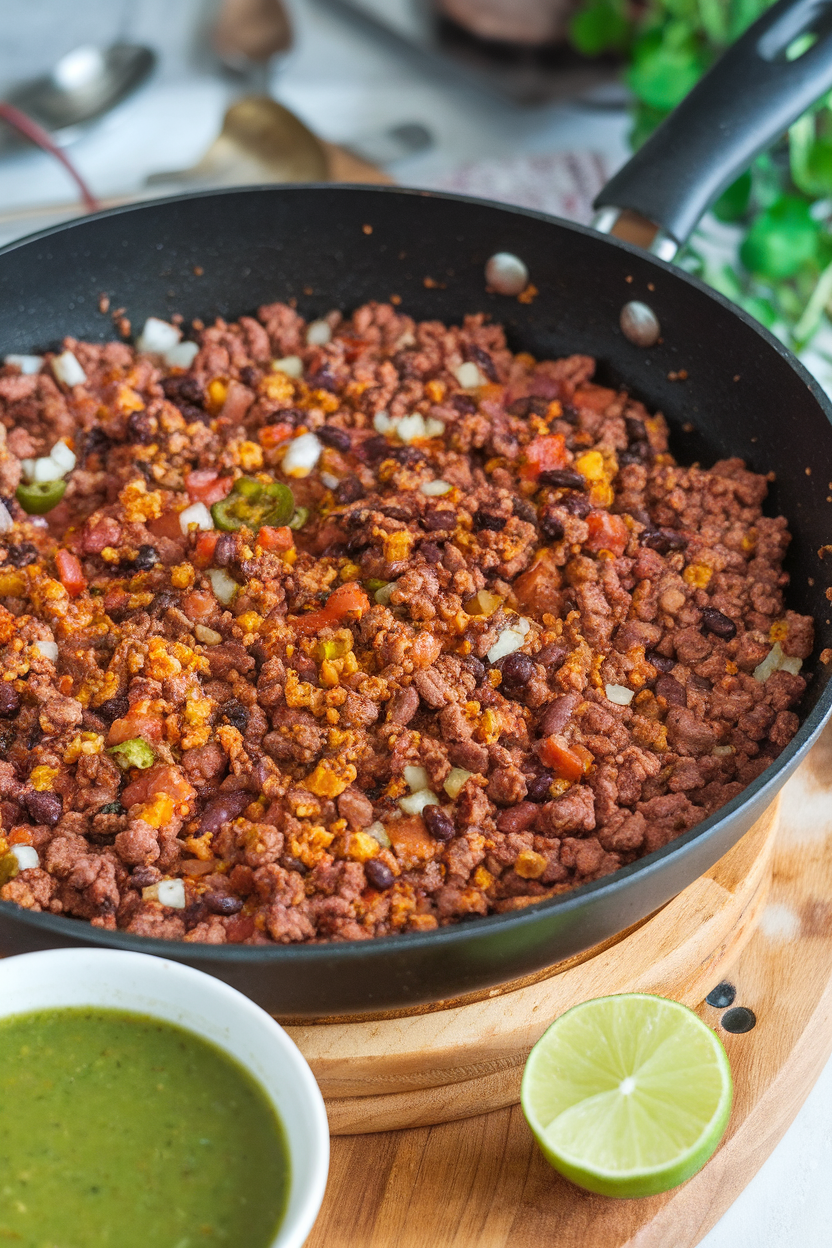
Pureed or mashed beans mix seamlessly into meatloaf, burgers, or taco meat. They stretch protein without altering taste, save cash, and add fiber. Start with a 50-50 blend and adjust to your liking.
43. Buy Imperfect Produce
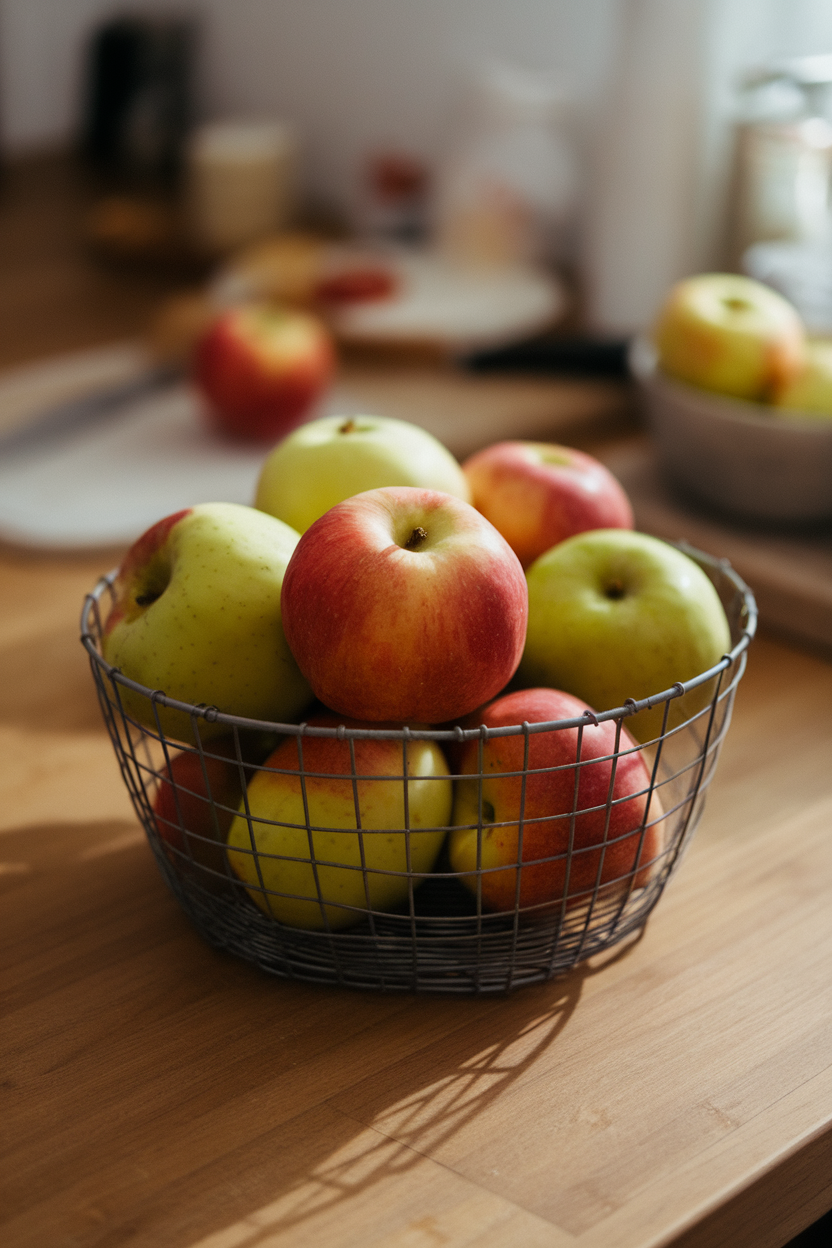
Ugly or “misfit” produce tastes just as good and often sells for a discount. Use it in smoothies, soups, or baked goods where looks don’t matter. Supporting these programs also reduces food waste system-wide.
44. Make Popsicles from Smoothie Leftovers
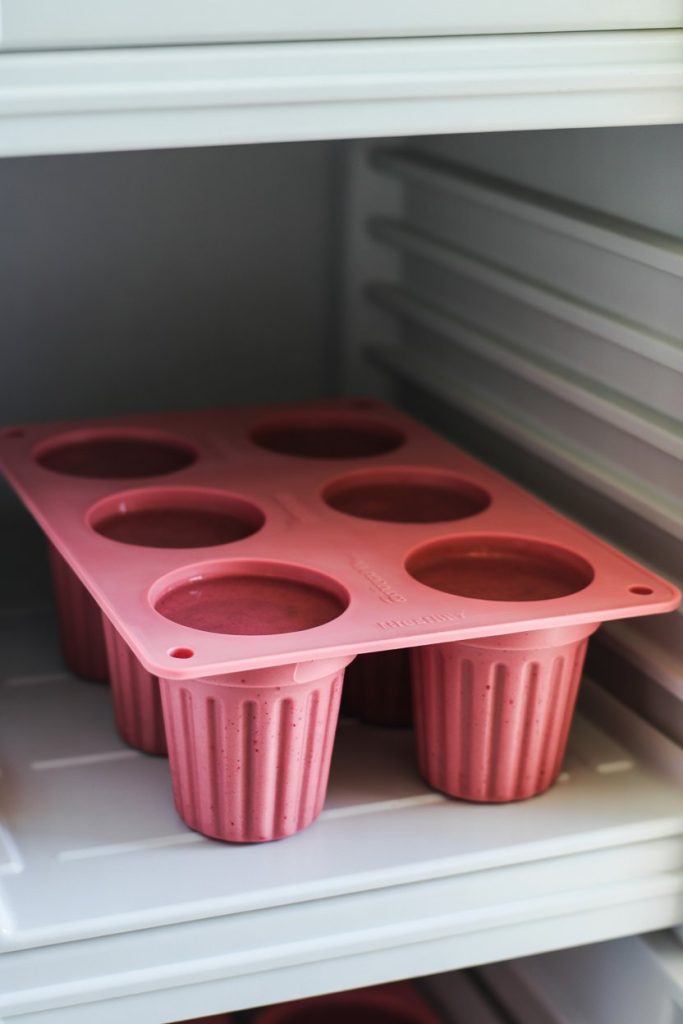
Pour extra smoothie into molds and freeze for a refreshing snack. This trick uses up small portions that might otherwise be tossed. Kids love them, and you’ll avoid buying sugary store versions.
45. Roast Chickpeas for Snacks
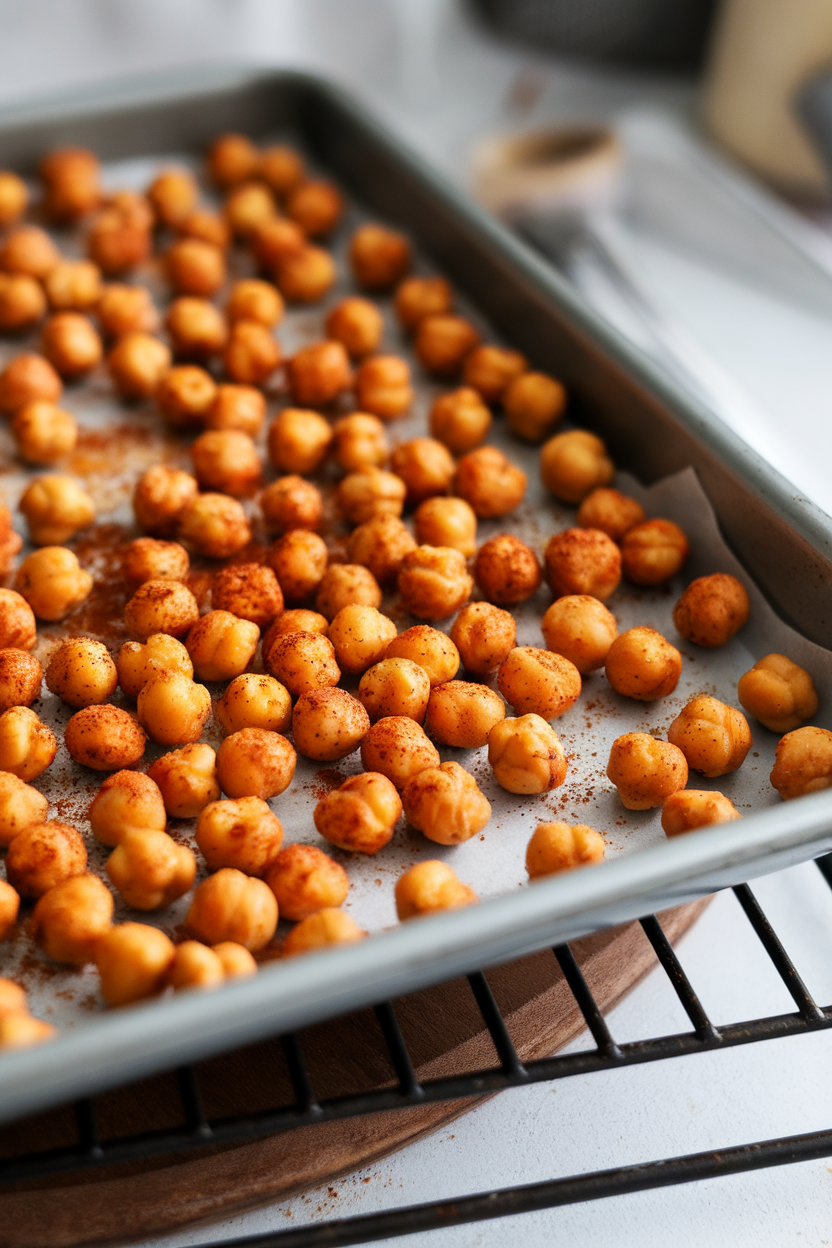
Drain, season, and roast canned chickpeas until crispy for a high-protein snack. They satisfy crunch cravings better than chips and cost a fraction. Store in an airtight jar to keep them crisp.
46. Experiment with Cabbage Recipes
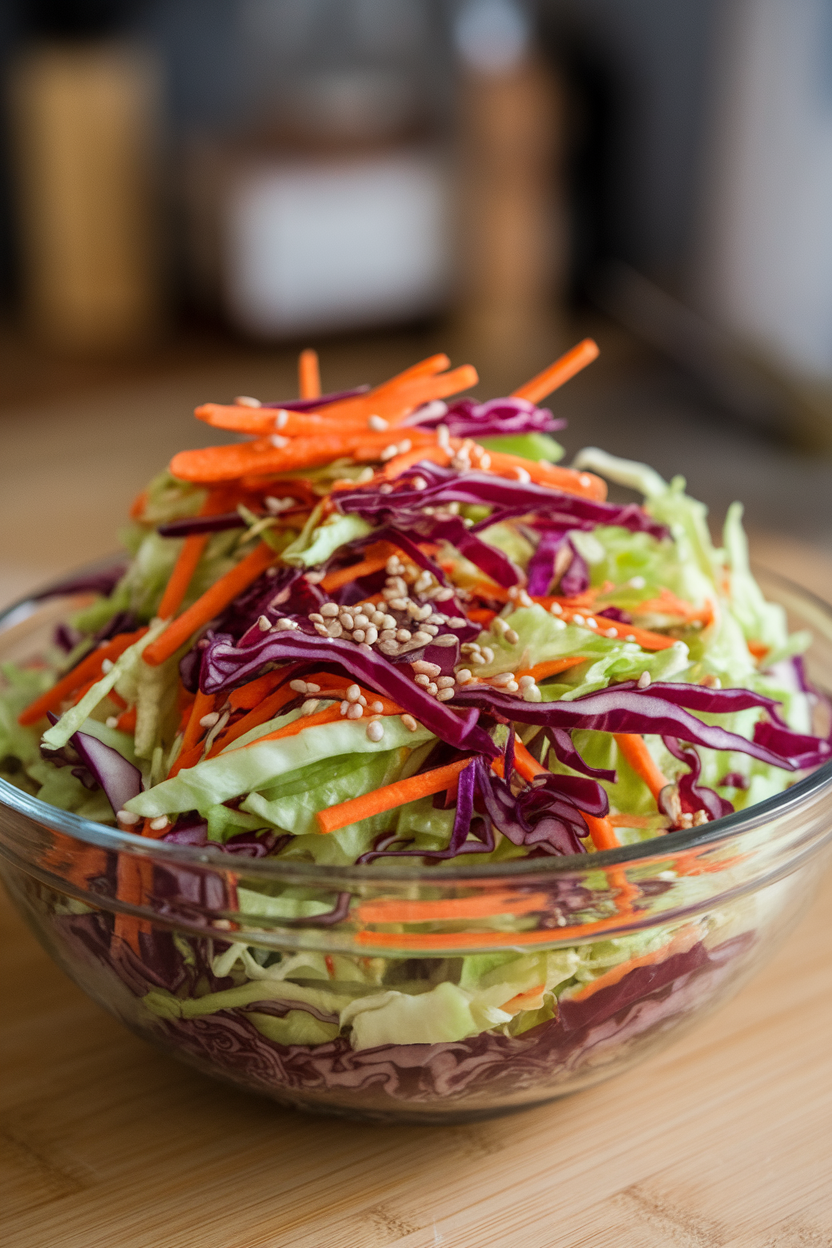
Cabbage is one of the most inexpensive and versatile vegetables available year-round. Use it raw in slaws, sautéed in stir-fries, or fermented as kimchi. Its long shelf life means less spoilage.
47. Use Peanut Butter for Savory Dishes
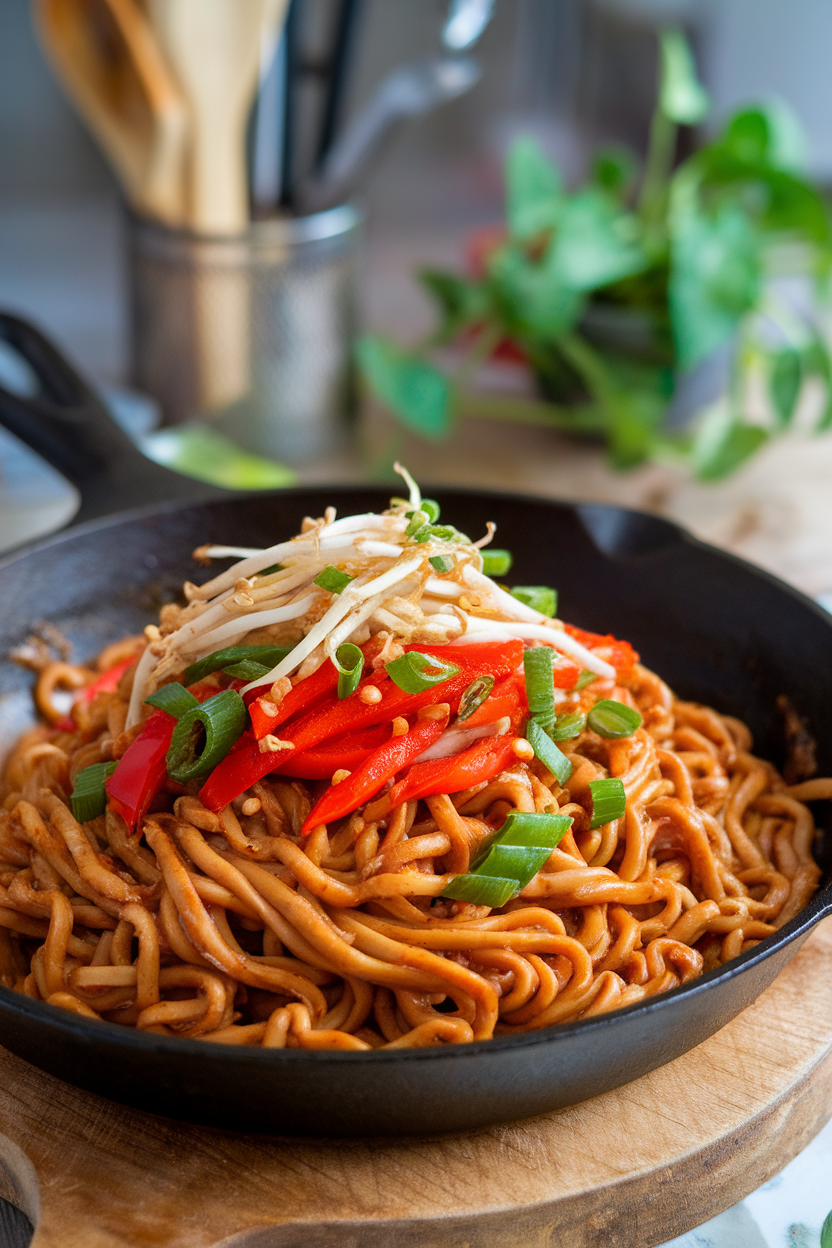
A simple peanut sauce of nut butter, soy sauce, and lime transforms noodles or stir-fry. This pantry staple supplies protein and healthy fats without expensive specialty sauces. Keep an eye on portion size, as calories add up quickly.
48. Soak and Cook Whole Grains Ahead
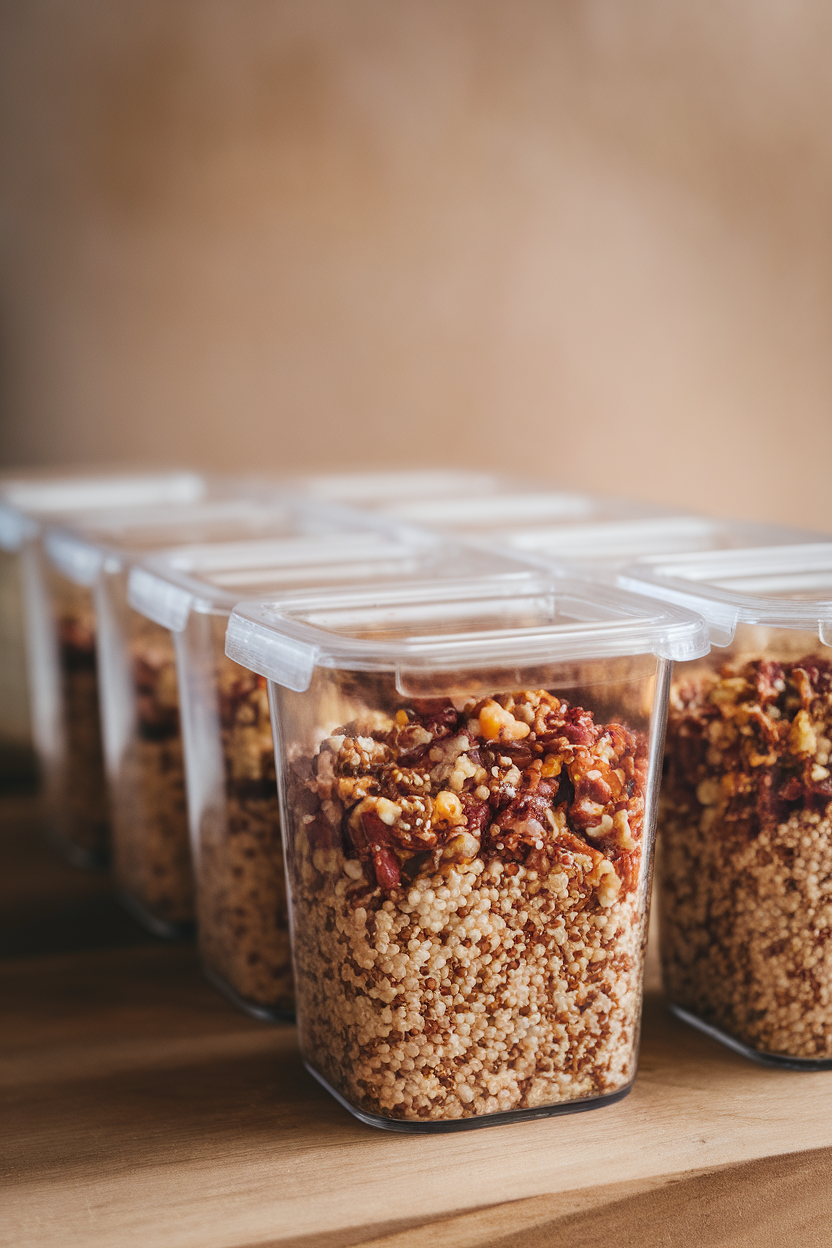
Pre-cooking grains like quinoa or farro shortens weeknight dinner prep. Soaking overnight improves texture and reduces cooking time. Freeze flat bags for quick reheating.
49. Try Meat Bargains Close to Sell-By Dates
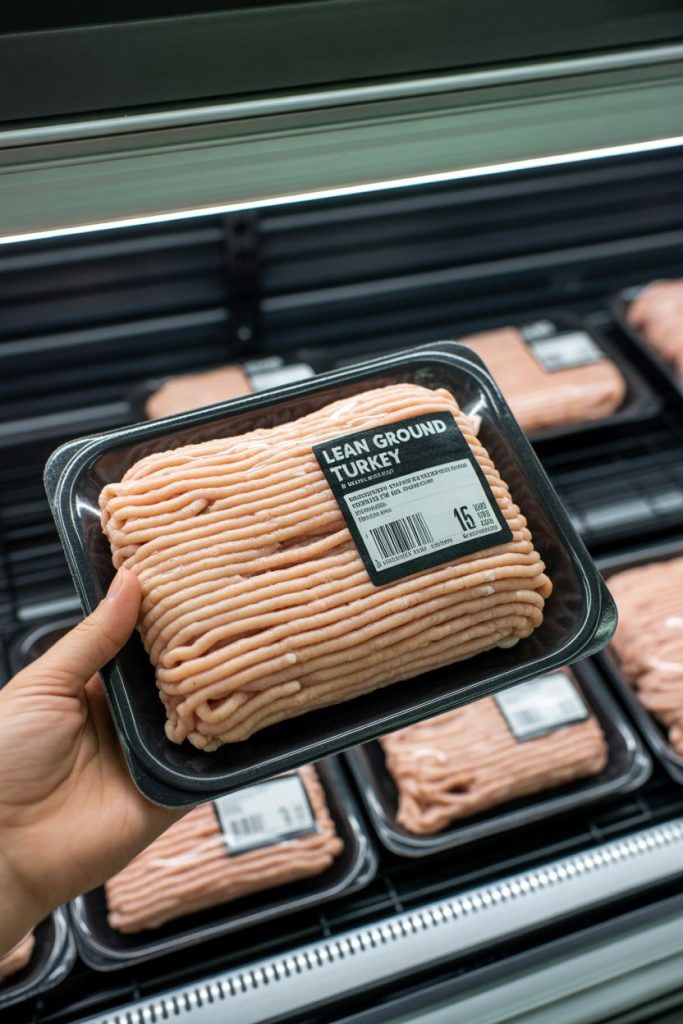
Many stores mark meats down as the sell-by date approaches. Freeze or cook them promptly to lock in freshness. These savings can cut premium cuts to bargain prices.
50. Sign Up for Store Loyalty Apps
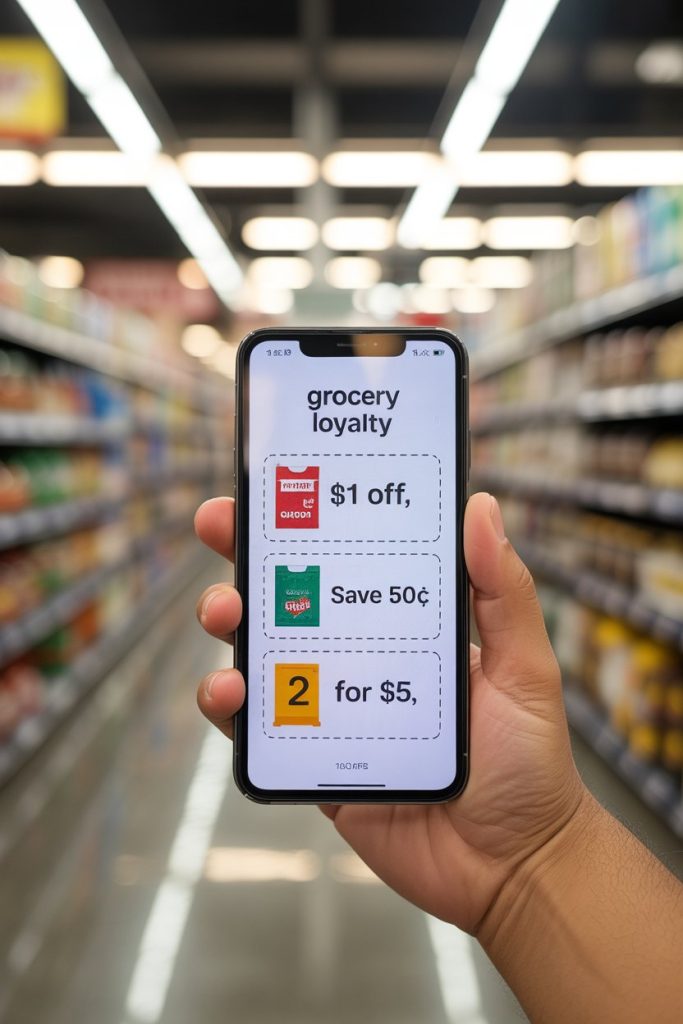
Digital coupons and personalized discounts add up quickly. Some apps also track spending and reward healthy choices with extra points. Checking deals before checkout ensures you don’t miss instant savings.
51. Swap Pricey Greens for Spinach
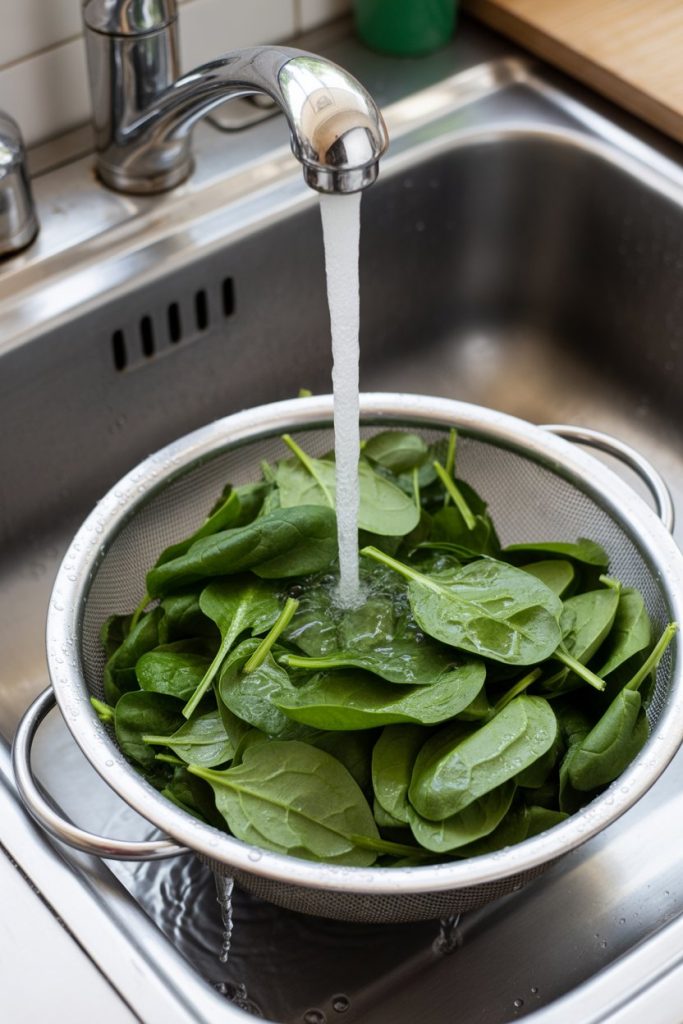
Spinach offers similar nutrients to kale or arugula but often costs less. Use it in smoothies, sautés, or salads. Frozen spinach works great for cooked dishes and stays cheap year-round.
52. Bake Potatoes in Batches
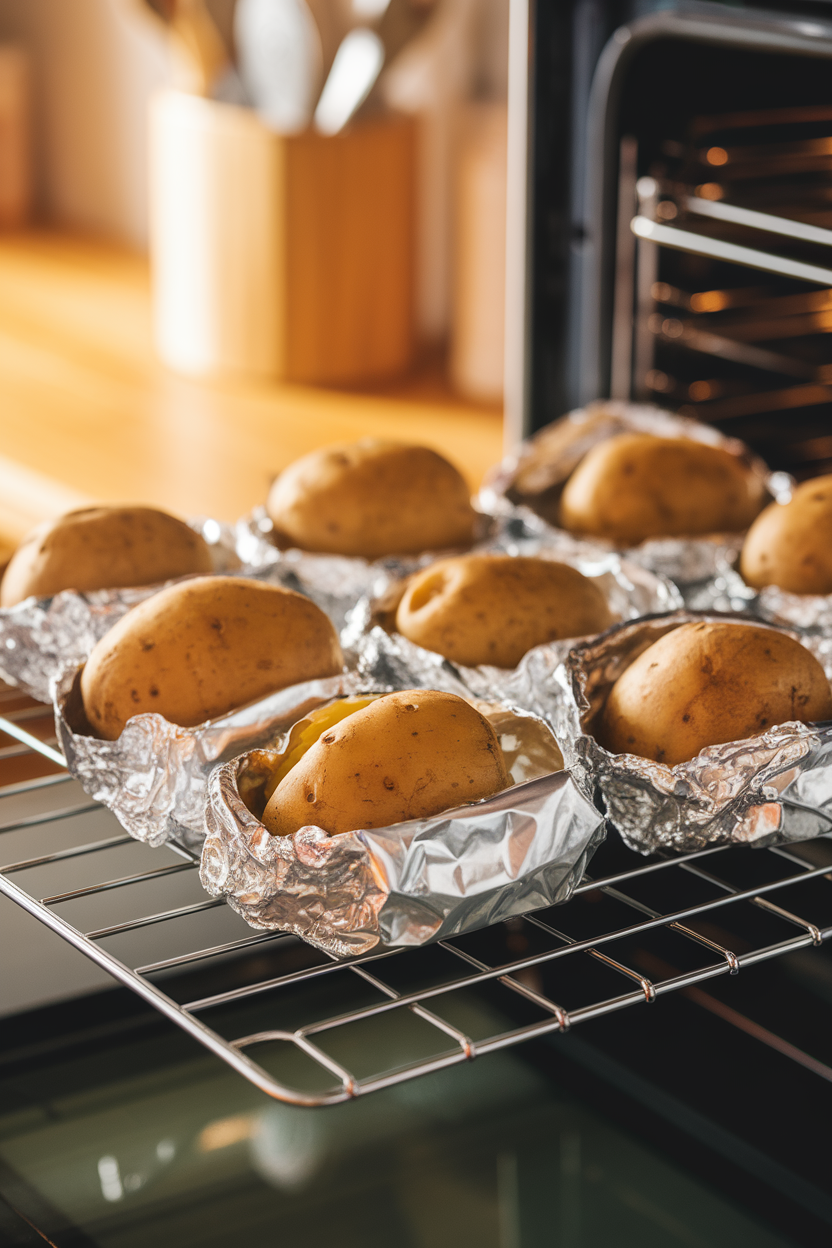
Slide a full tray of potatoes into the oven while cooking something else. Refrigerated spuds become instant bases for stuffed potatoes, breakfast hash, or quick sides. Baking in bulk uses oven heat more efficiently.
53. Turn Fruit Scraps into Vinegar
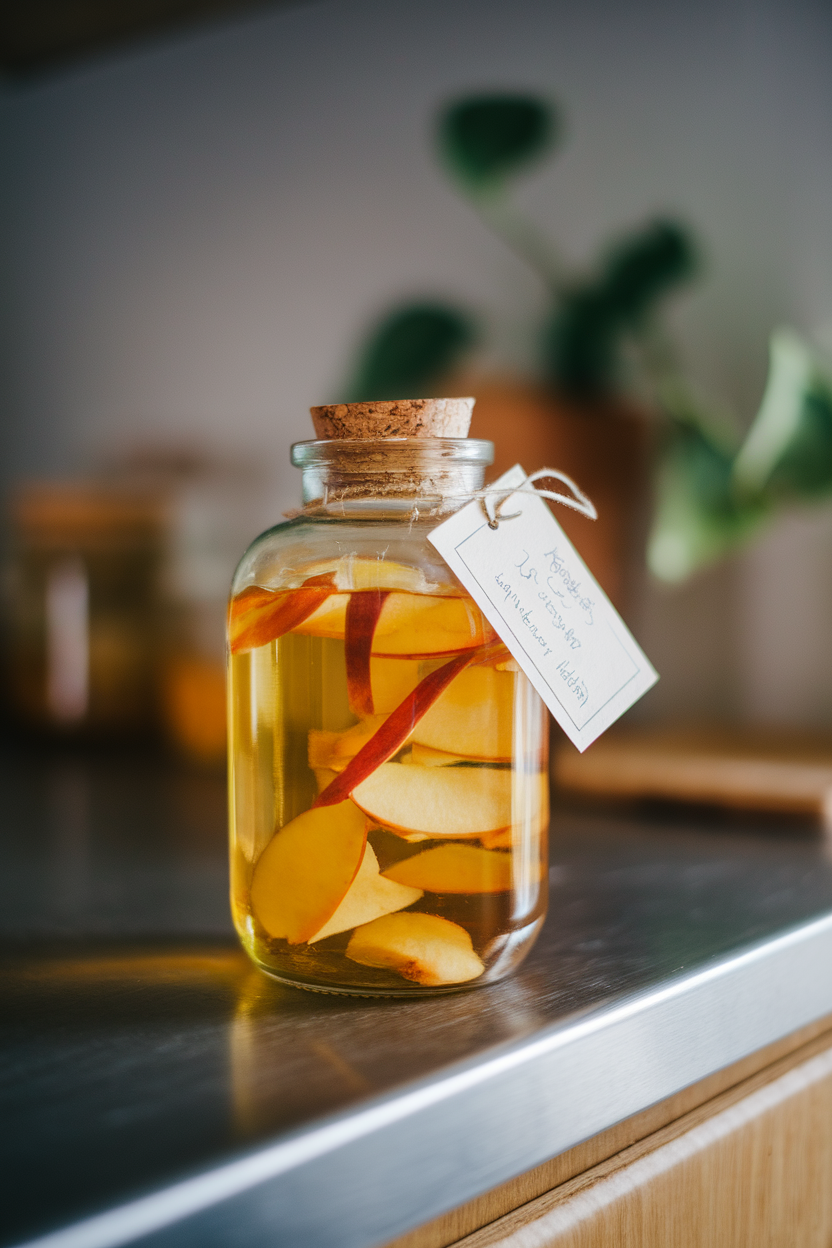
Apple cores and peels combined with water and a bit of sugar ferment into mild vinegar over a few weeks. Use it in dressings or cleaning solutions. Homemade vinegar extends the life of peels that would otherwise be discarded.
54. Make DIY Freezer Burritos
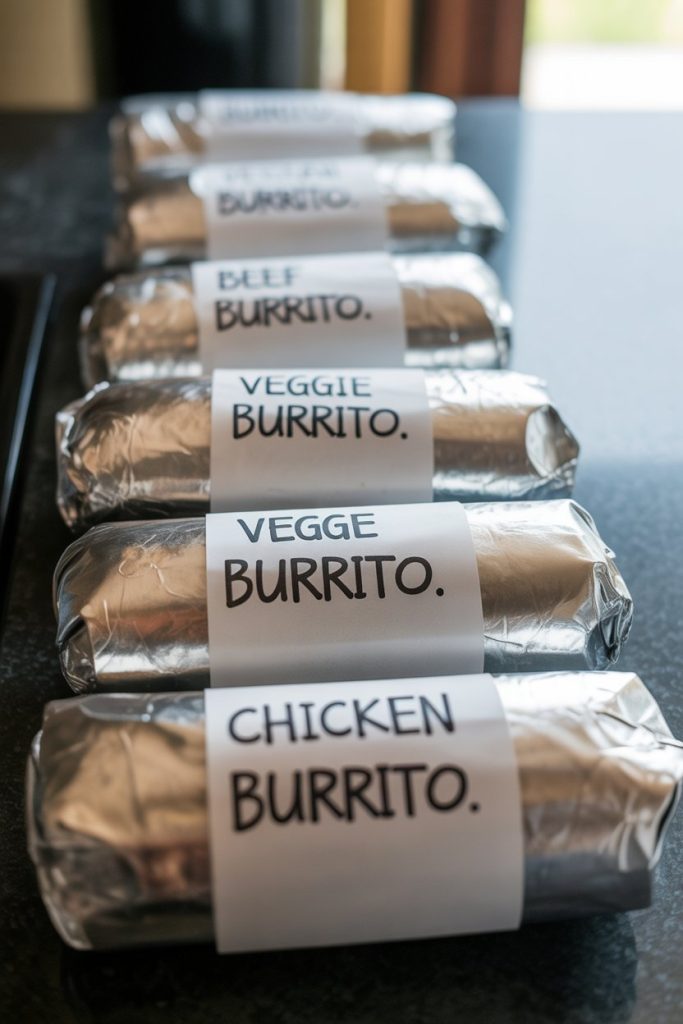
Fill tortillas with beans, rice, veggies, and a bit of cheese, then freeze individually. Reheat in the microwave for fast lunches that undercut drive-thru prices. Vary fillings to keep things interesting.
55. Use a Slow Cooker to Tenderize Cheap Cuts
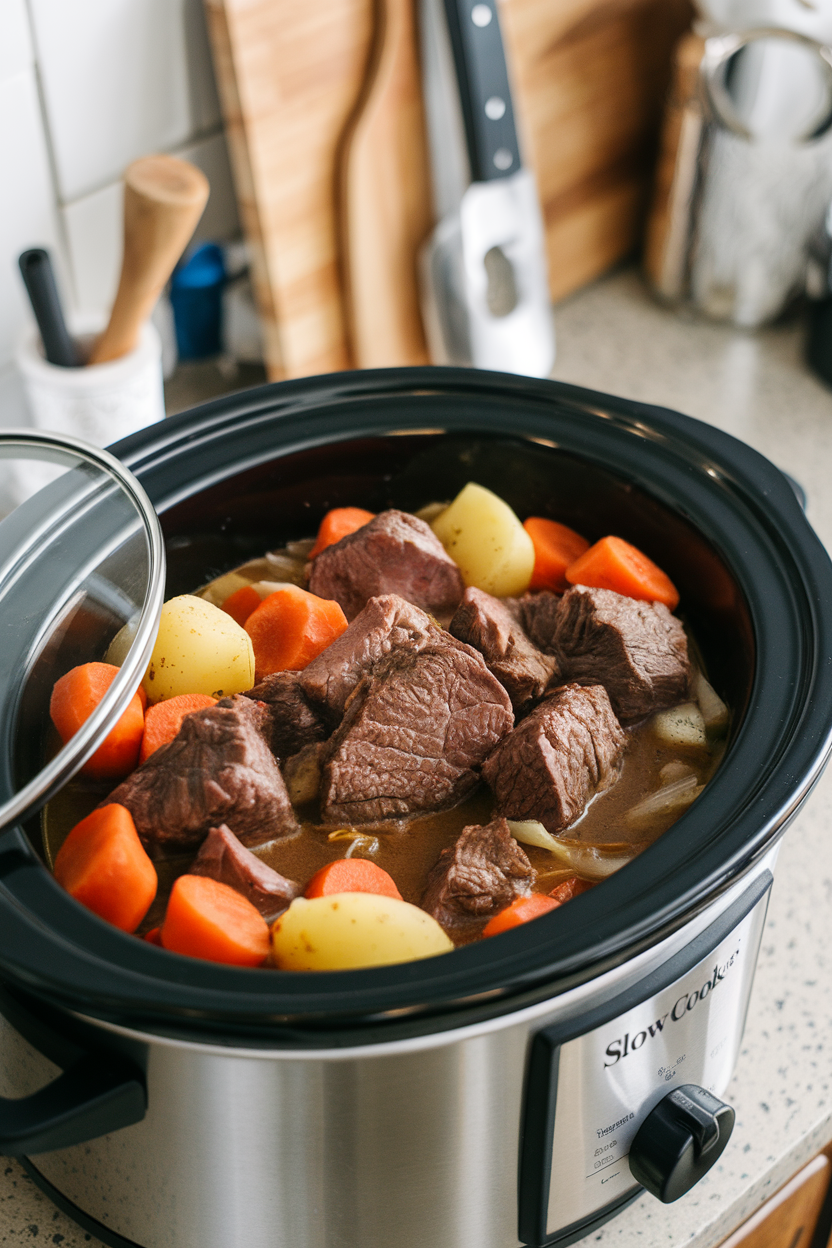
Low, steady heat breaks down tougher cuts like chuck roast into melt-in-your-mouth meals. Dump ingredients in the morning and return to a ready dinner. The appliance uses little electricity, saving on energy costs too.
56. Grow Sprouts in a Jar
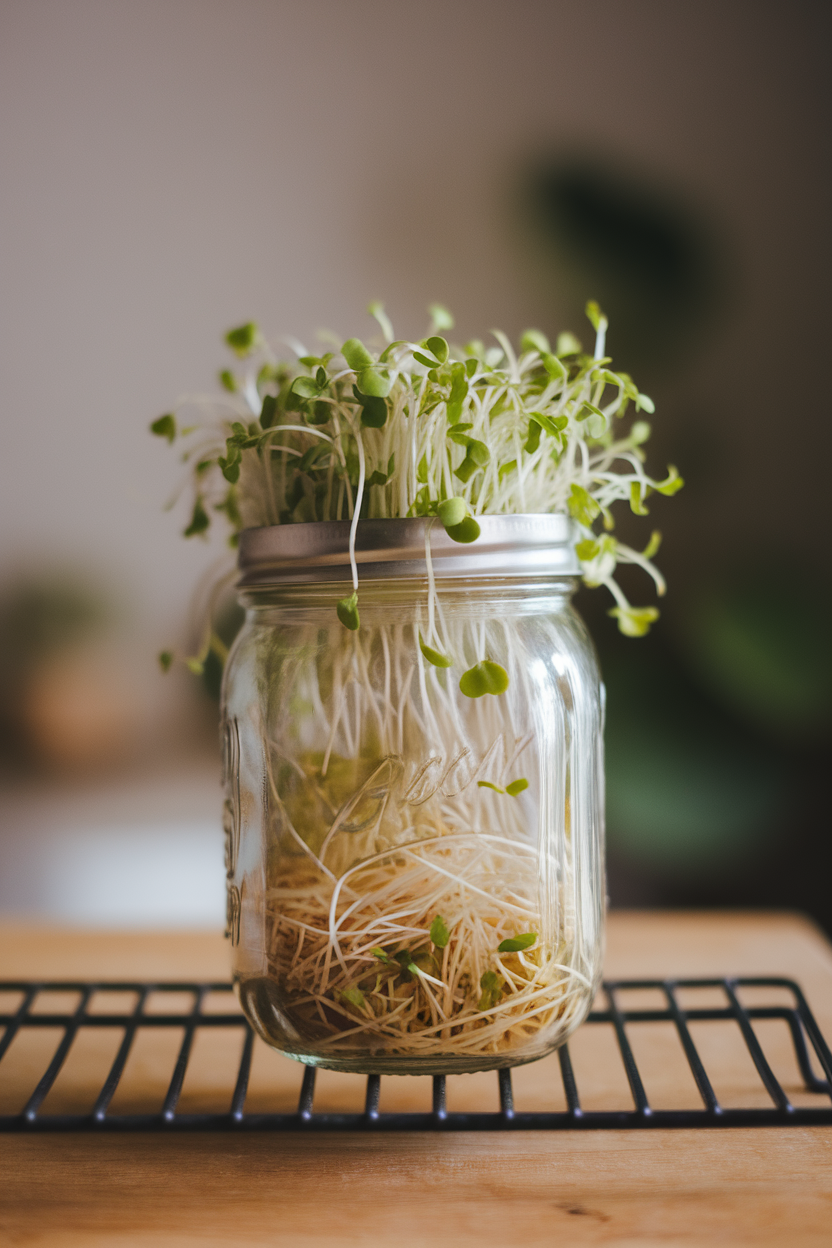
Sprouting seeds such as lentils or mung beans at home delivers fresh greens in days for pennies. Rinse twice daily and keep the jar tilted for airflow. Add crunchy sprouts to salads, sandwiches, and bowls.
57. Replace Cereal with Homemade Granola
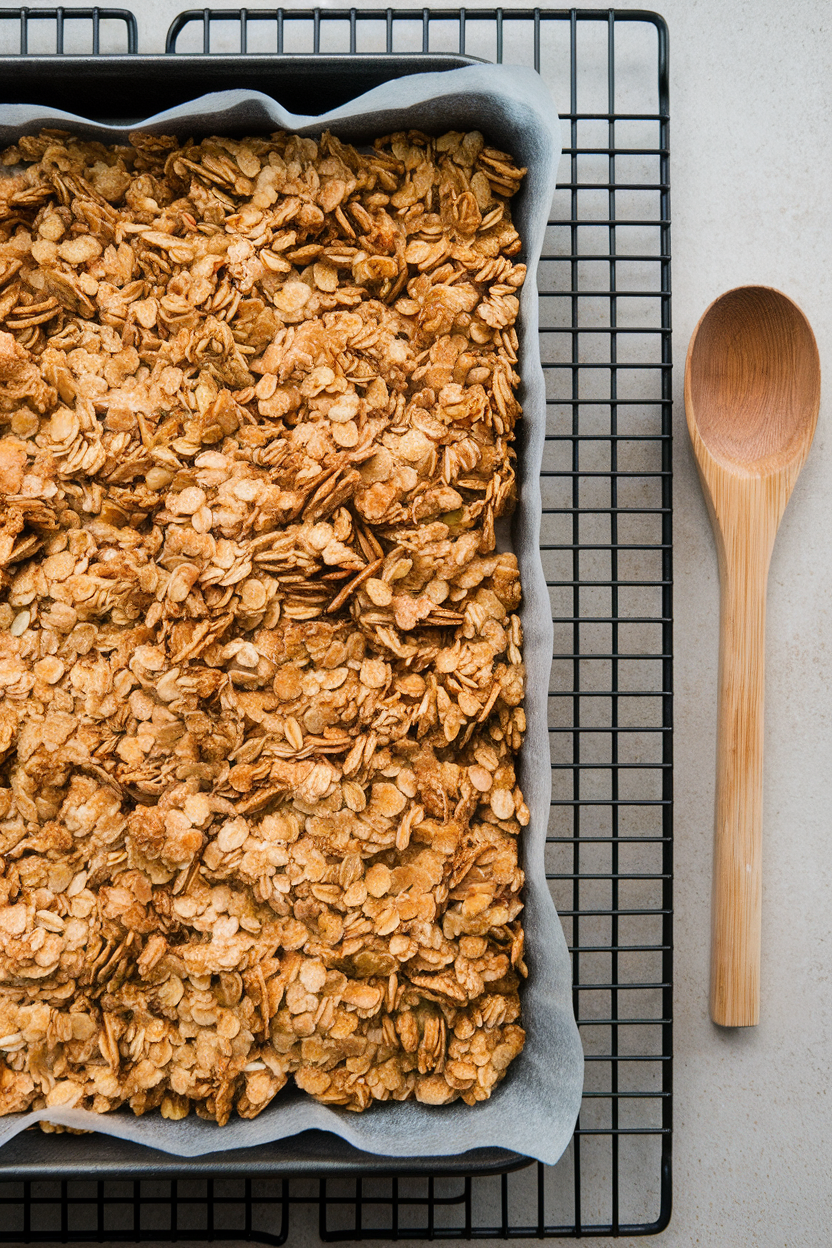
Oats, seeds, and a drizzle of honey baked at home beat boxed cereal in both cost and nutrition. Customize sweetness and add-ins like coconut or dried fruit. Store in an airtight jar for quick breakfasts.
58. Turn Yogurt Whey into Soup Stock

Straining yogurt for thick Greek-style leaves protein-rich whey behind. Use it in place of broth or water when making soups, rice, or bread. It adds a subtle tang and valuable nutrients that would otherwise go down the drain.
59. Keep Portion Sizes Reasonable
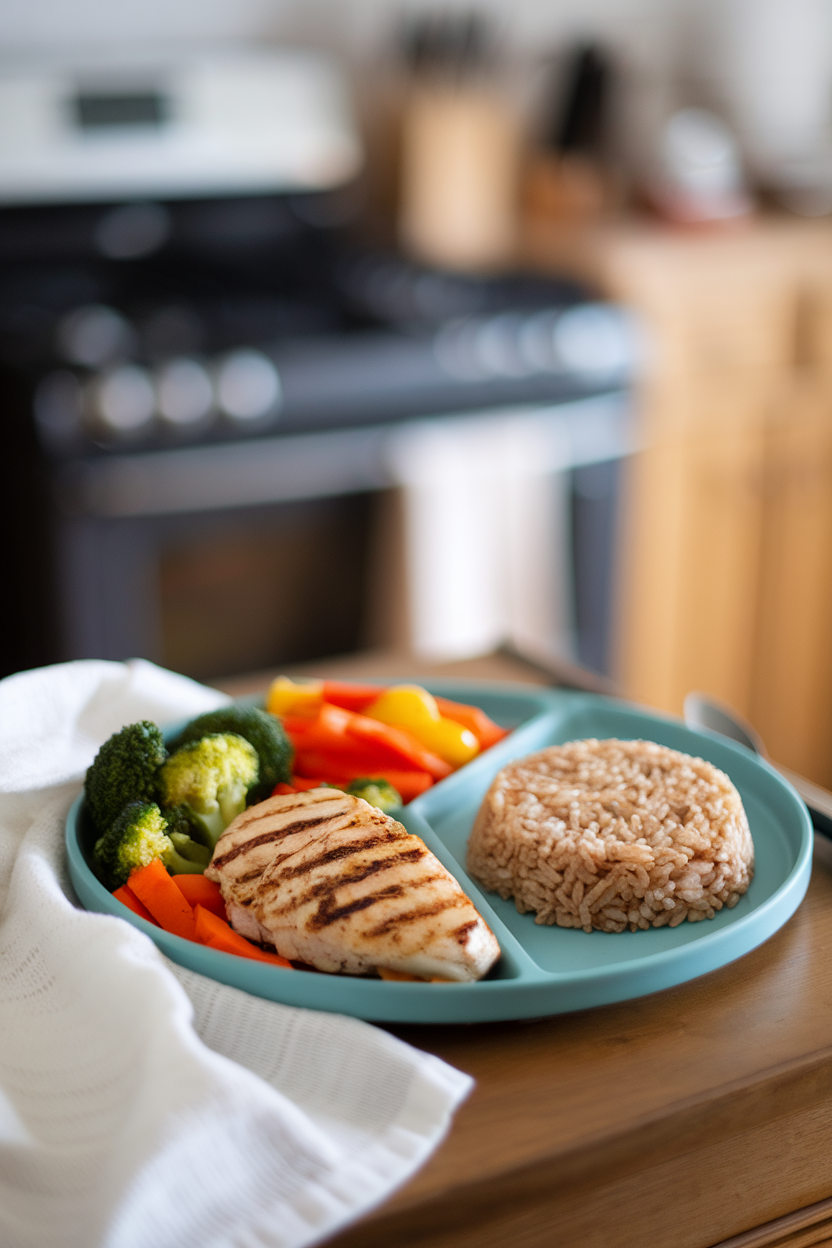
Serving appropriate portions stretches meals and maintains balanced nutrition. Using smaller plates or pre-portioned containers makes right-sizing effortless. Less overeating means leftovers last longer.
60. Store Nuts in the Freezer
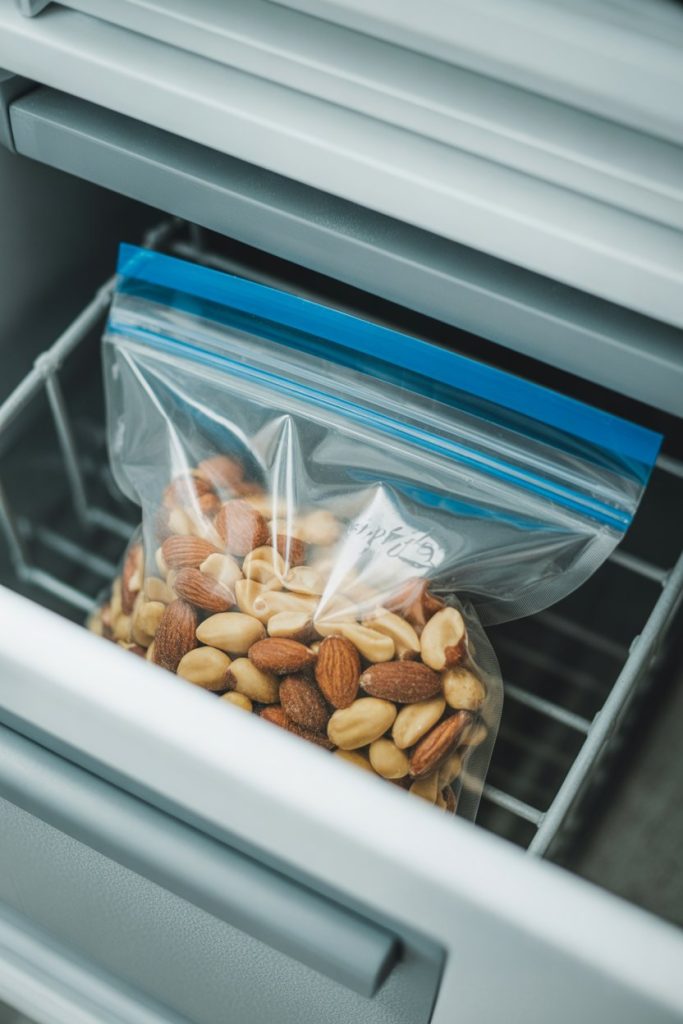
Nuts contain oils that can go rancid at room temperature. Freezing extends shelf life for months and safeguards your investment. Thaw briefly or use straight from the freezer for baking and snacking.
61. Make Tomato Sauce from Canned Tomatoes
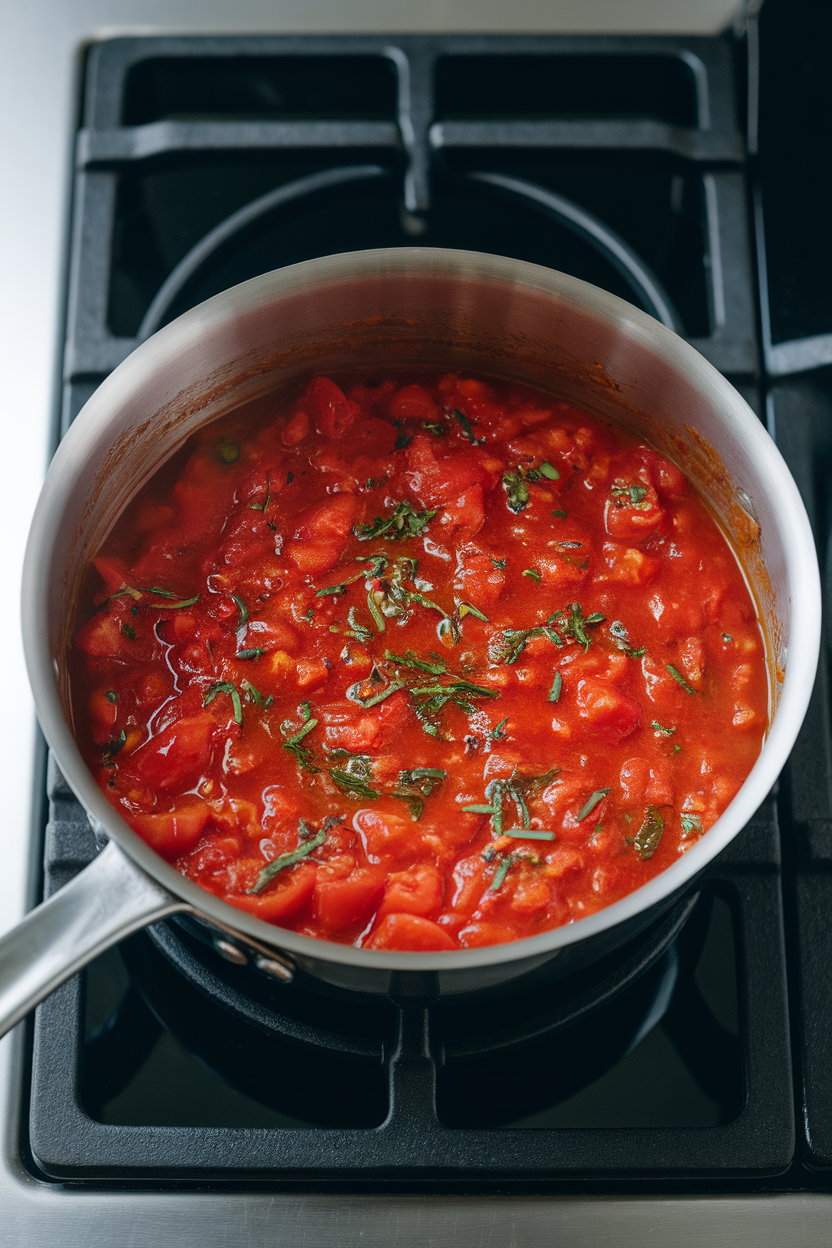
Canned tomatoes simmered with garlic and oregano create a richer sauce than many jarred versions. It’s cheaper, lower in sodium, and ready in under 30 minutes. Make extra and freeze for pasta, pizza, or shakshuka.
62. Dilute Juice with Sparkling Water

Mix equal parts juice and carbonated water for a lighter, cheaper beverage. You’ll cut sugar and stretch each carton twice as far. Add fresh herbs or fruit slices for extra flair.
63. Use Sardine Cans for Quick Pasta Dishes
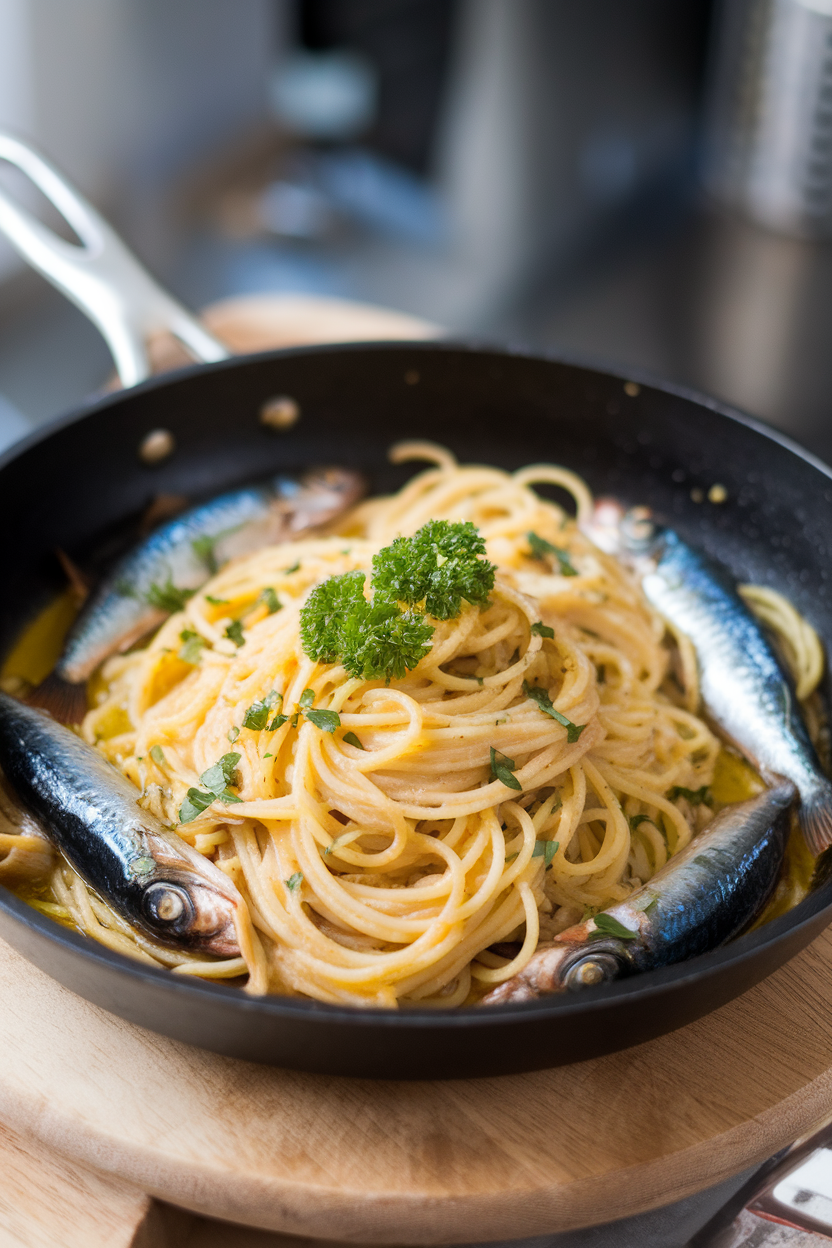
Warm sardines with garlic and chili flakes, then toss with hot pasta and lemon for a five-minute meal. The fish provide protein, healthy fats, and deep flavor at low cost. Keep a few cans on standby for busy nights.
64. Try Oatmeal Muffins for Snacks

Wholesome muffins made from oats, bananas, and eggs double as breakfast or snack. Bake a dozen, freeze half, and thaw as needed. They’re far cheaper and lower in sugar than coffee-shop pastries.
65. Stir Powdered Milk into Recipes
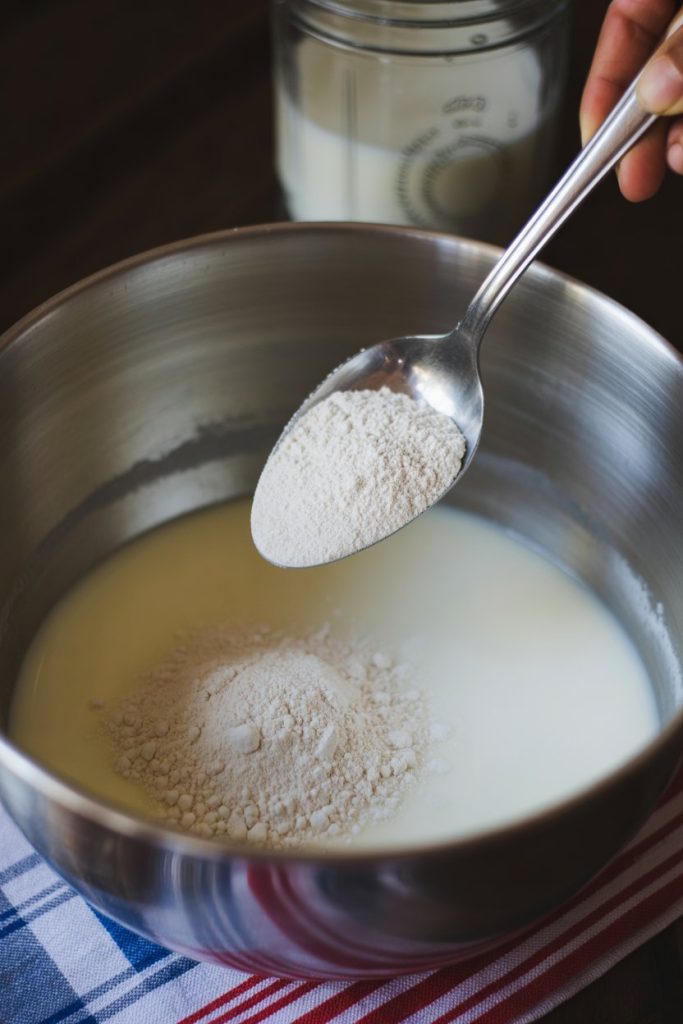
Keeping powdered milk in the pantry prevents last-minute milk runs. Reconstitute only what you need for baking or cooking. It’s shelf-stable, inexpensive, and perfect for emergencies.
66. Cook with Seasonal Pumpkin or Squash
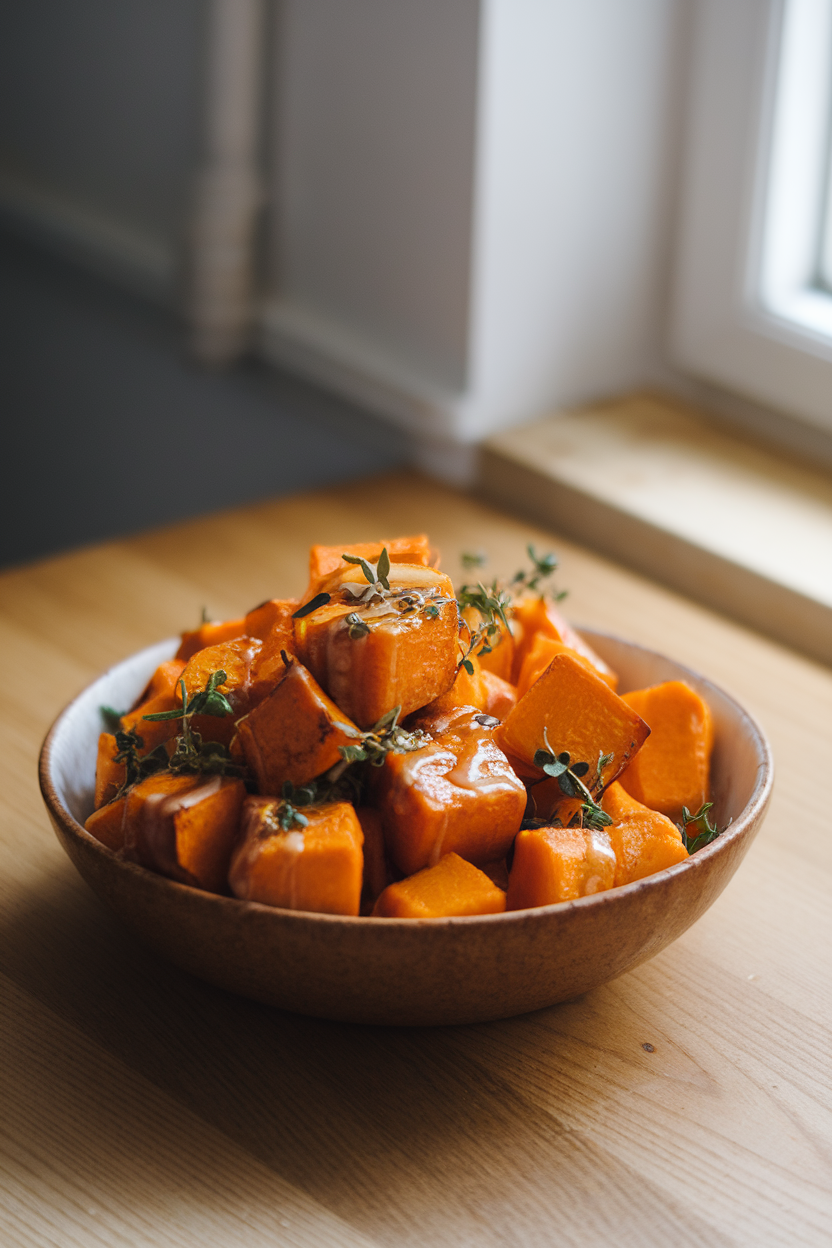
Winter squash is filling, nutrient-dense, and inexpensive during fall and winter. Roast a whole squash, then use cubes in salads, soups, or tacos. The natural sweetness satisfies without added sugar.
67. Bake Apples for Dessert
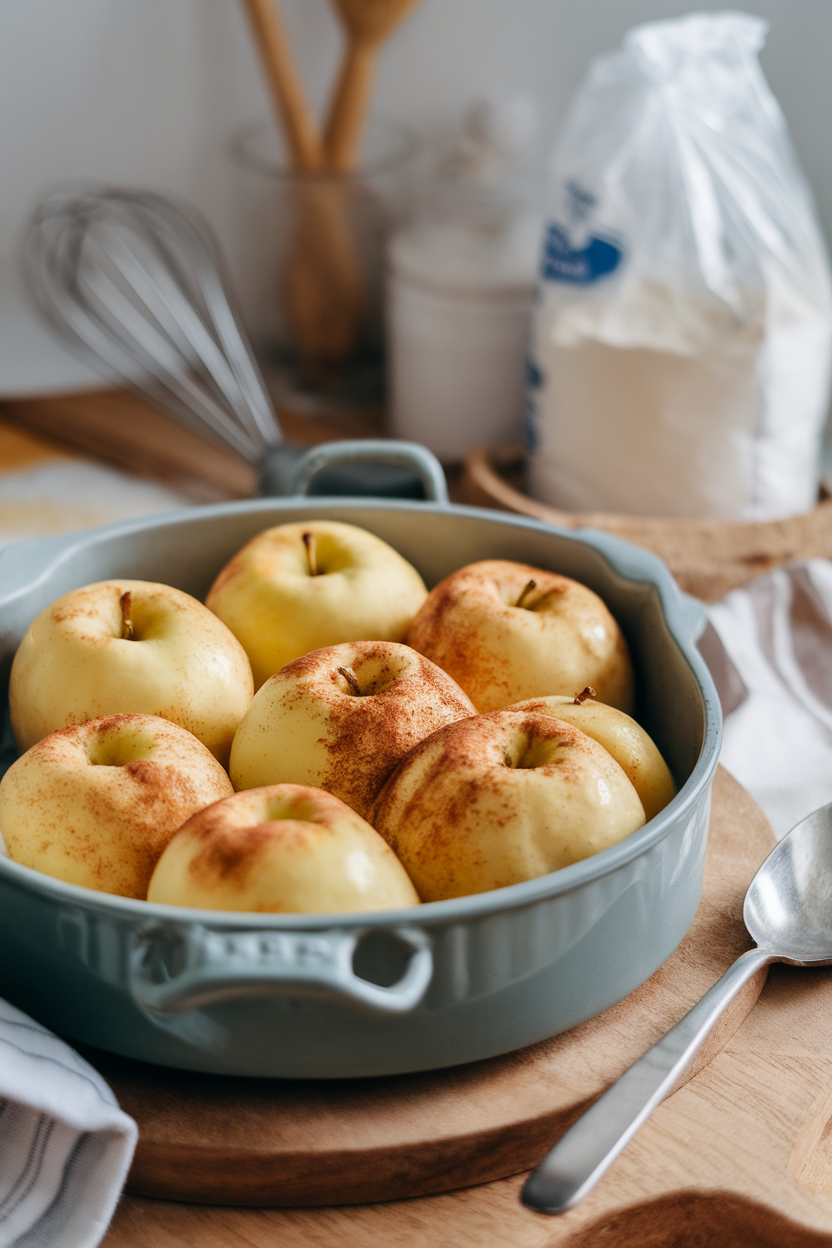
Core apples, fill with oats and spices, then bake until tender for a comforting treat. This dessert is affordable, simple, and automatically portion-controlled. Serve with a dollop of yogurt instead of ice cream to keep it light.
68. Gravitate Toward Whole Carrots Over Baby Carrots
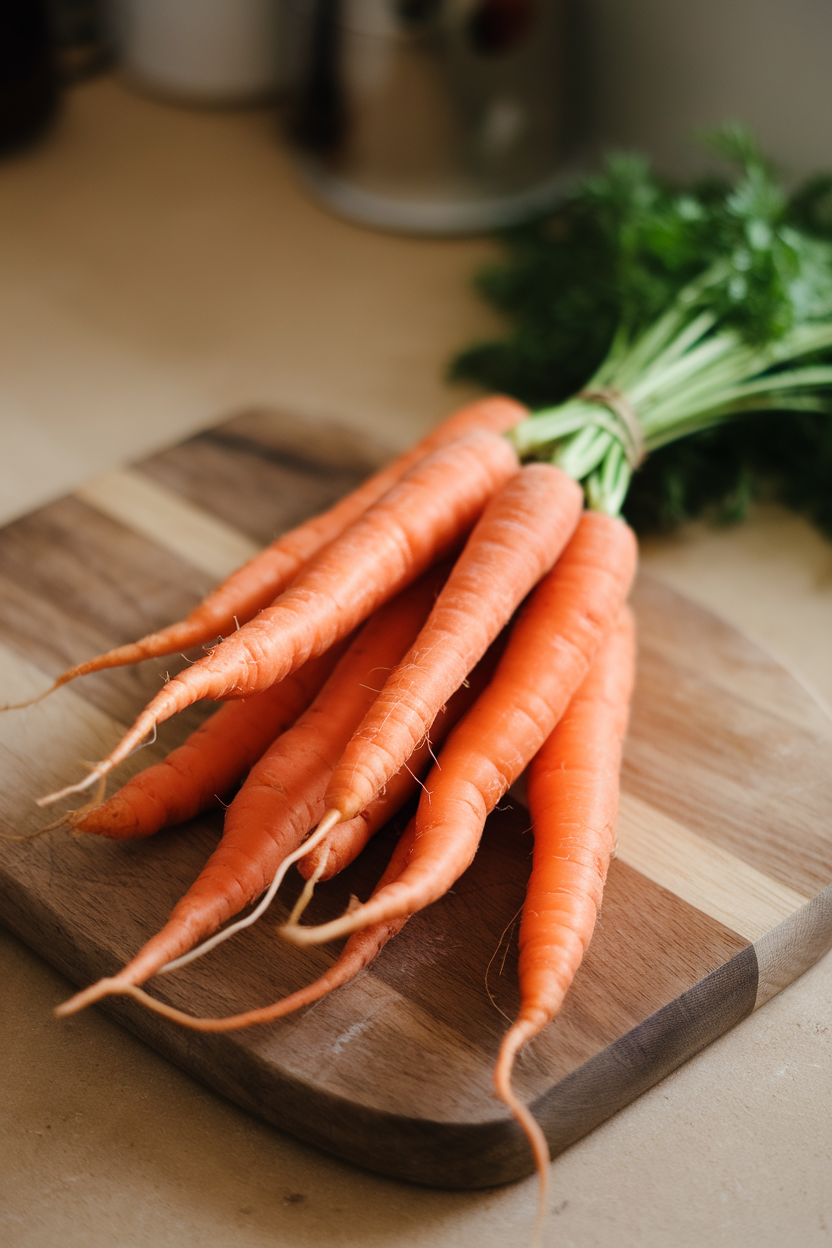
Whole carrots cost less per pound and stay fresh longer. Peel and cut them yourself for snacks or roasting. Save the tops to make pesto or stock for added value.
69. Keep Brown Rice on Hand
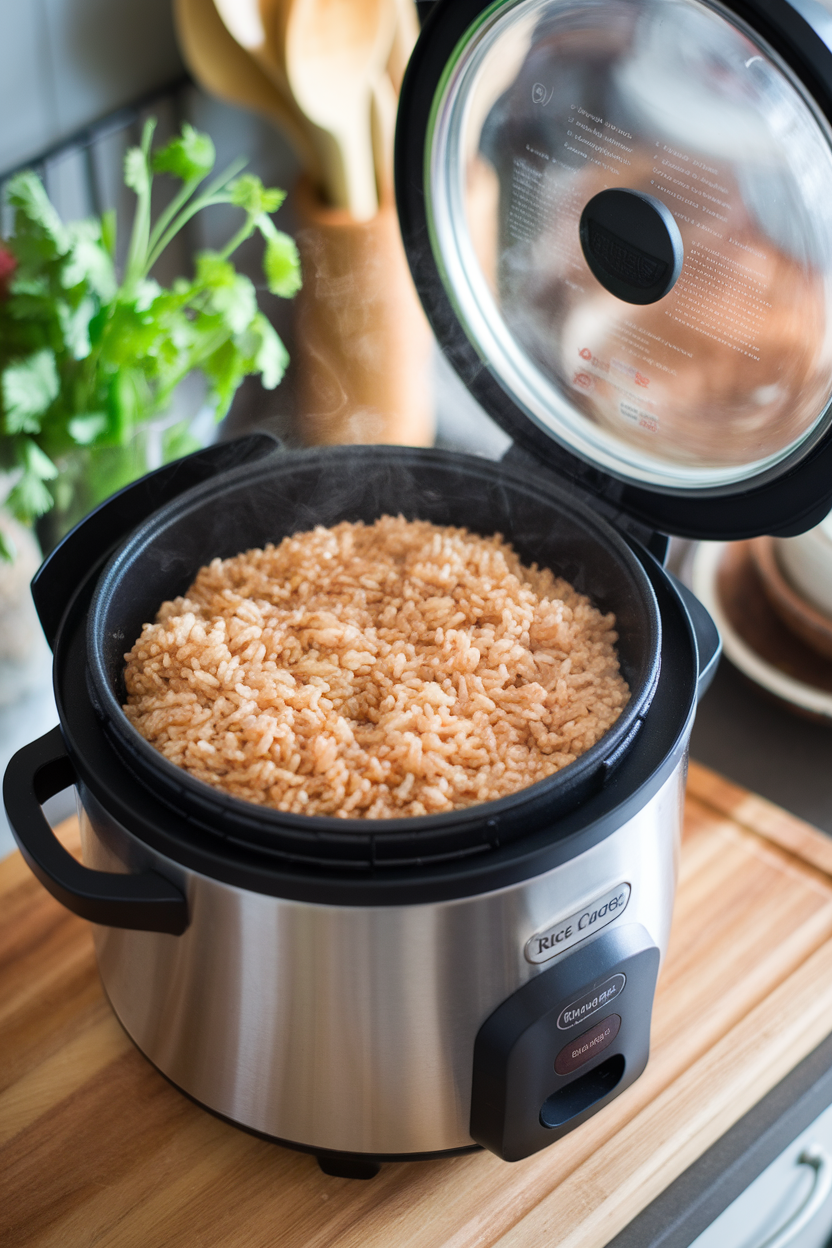
Brown rice provides fiber and steady energy at a low price point. Cook a big batch, then freeze in thin layers for quick reheating. Its mild flavor pairs well with nearly any cuisine.
70. Celebrate Meatless Monday
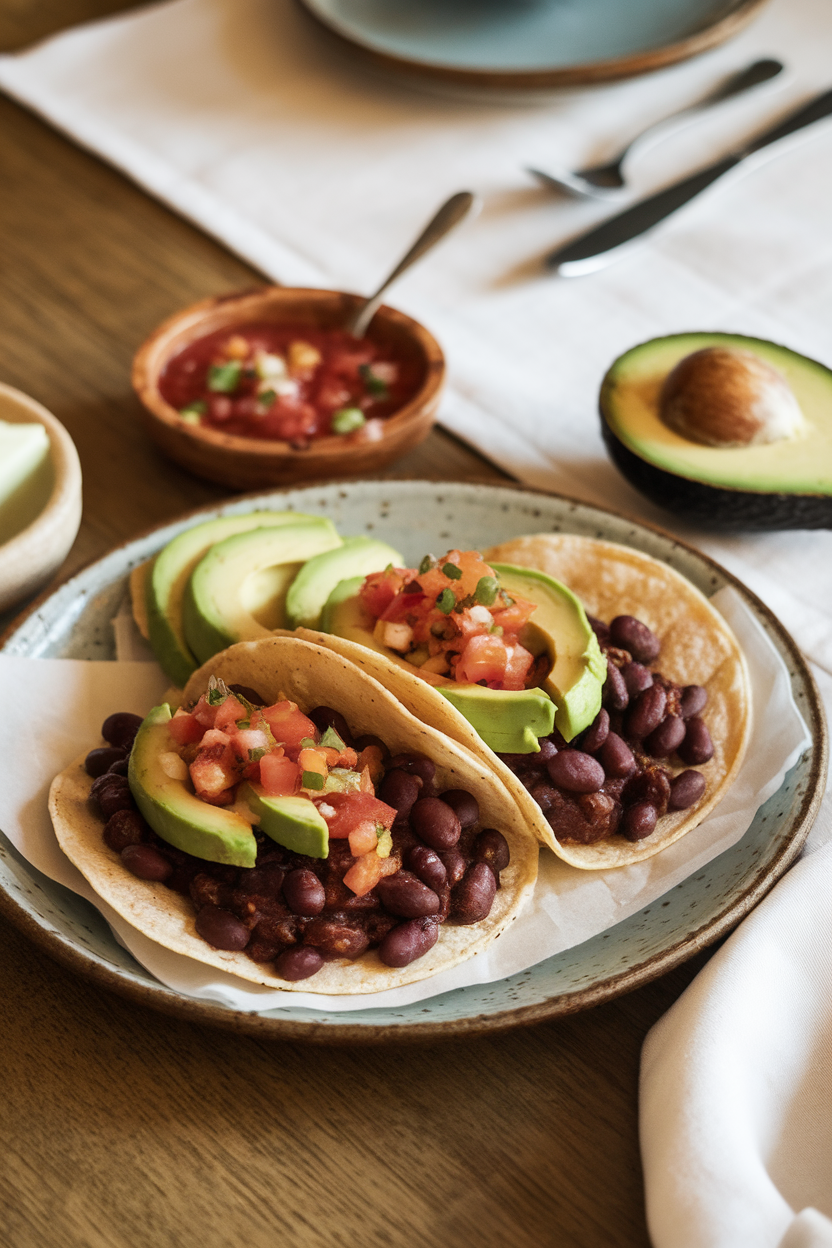
Setting a weekly plant-focused day normalizes meatless meals and sparks creativity. Planning around beans, lentils, or tofu once a week trims your grocery budget and environmental footprint. Over time, these savings add up without sacrificing flavor.
Nathaniel Lee is an avid cook, drawing on his decades of home cooking and fine dining experience. He is a contributing chef at Mashed, and his recipes and contributions have been featured in Tasting Table, Edible Arrangements, Insanely Good Recipes, and The Daily Meal.
